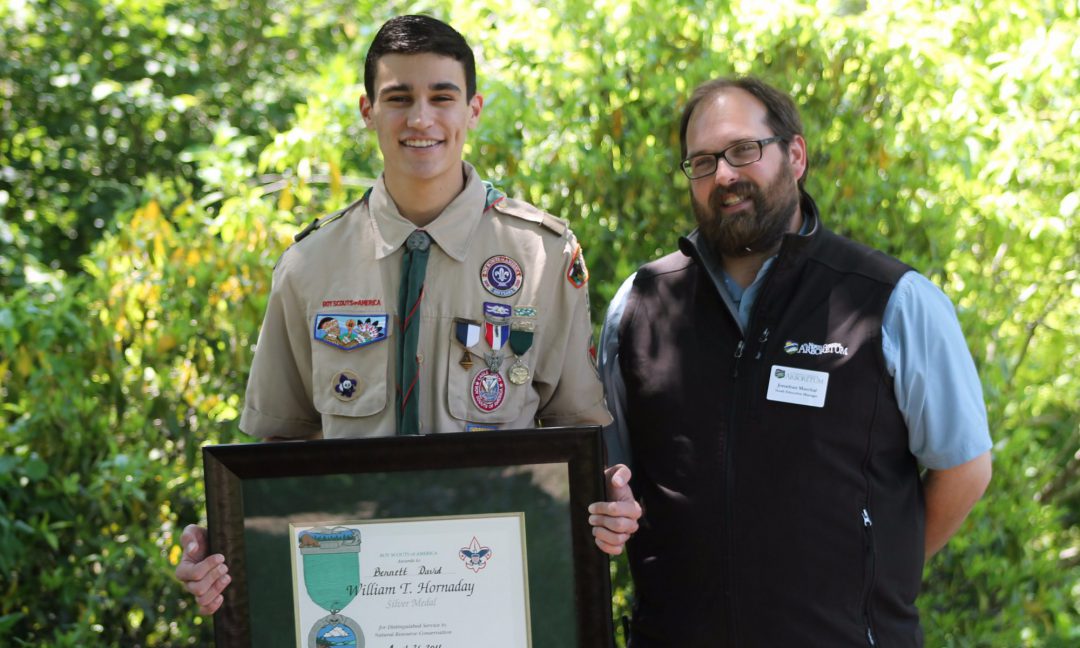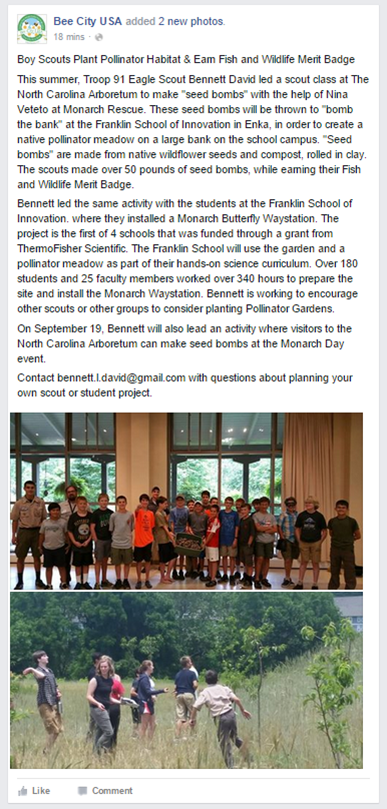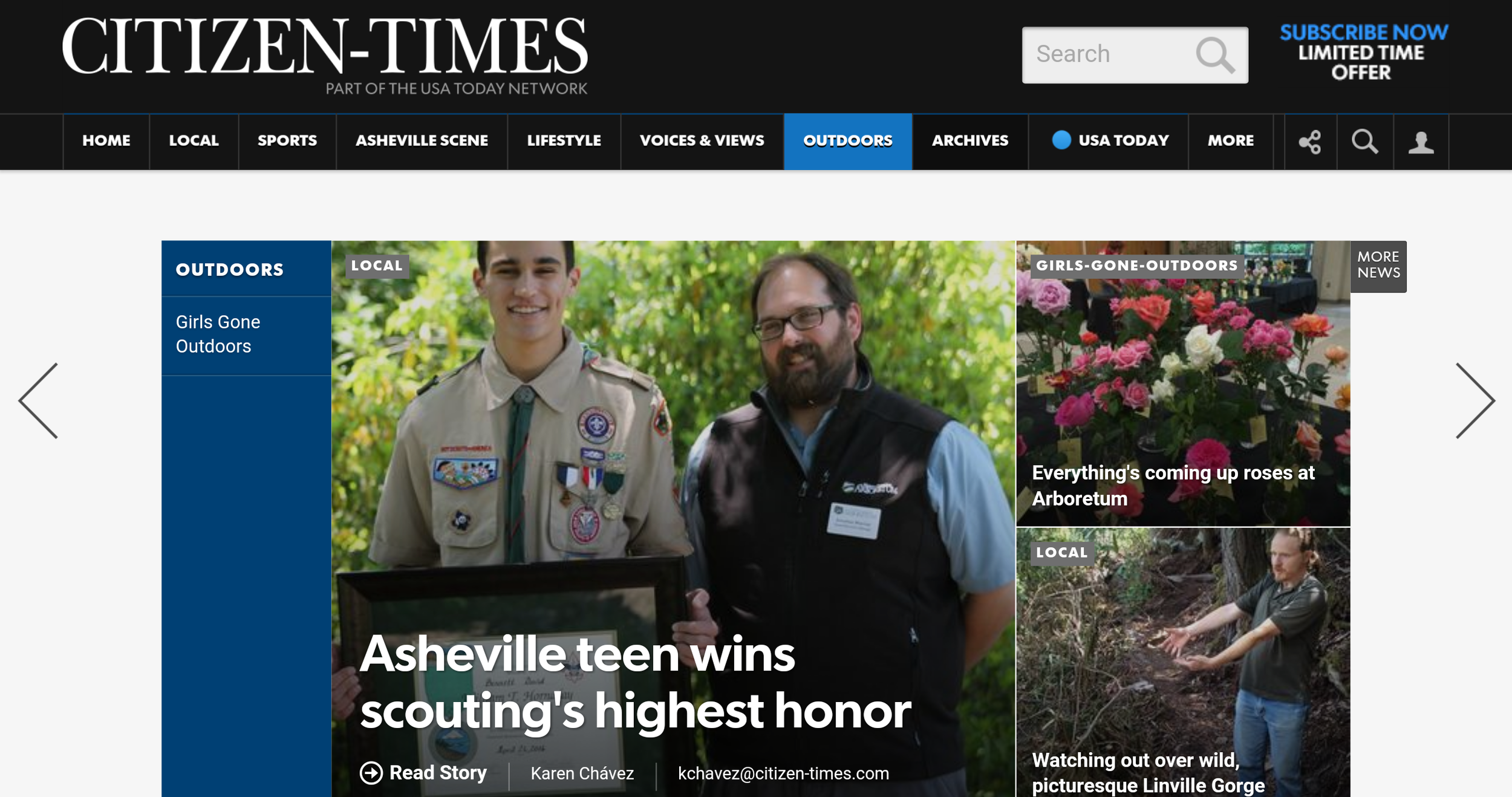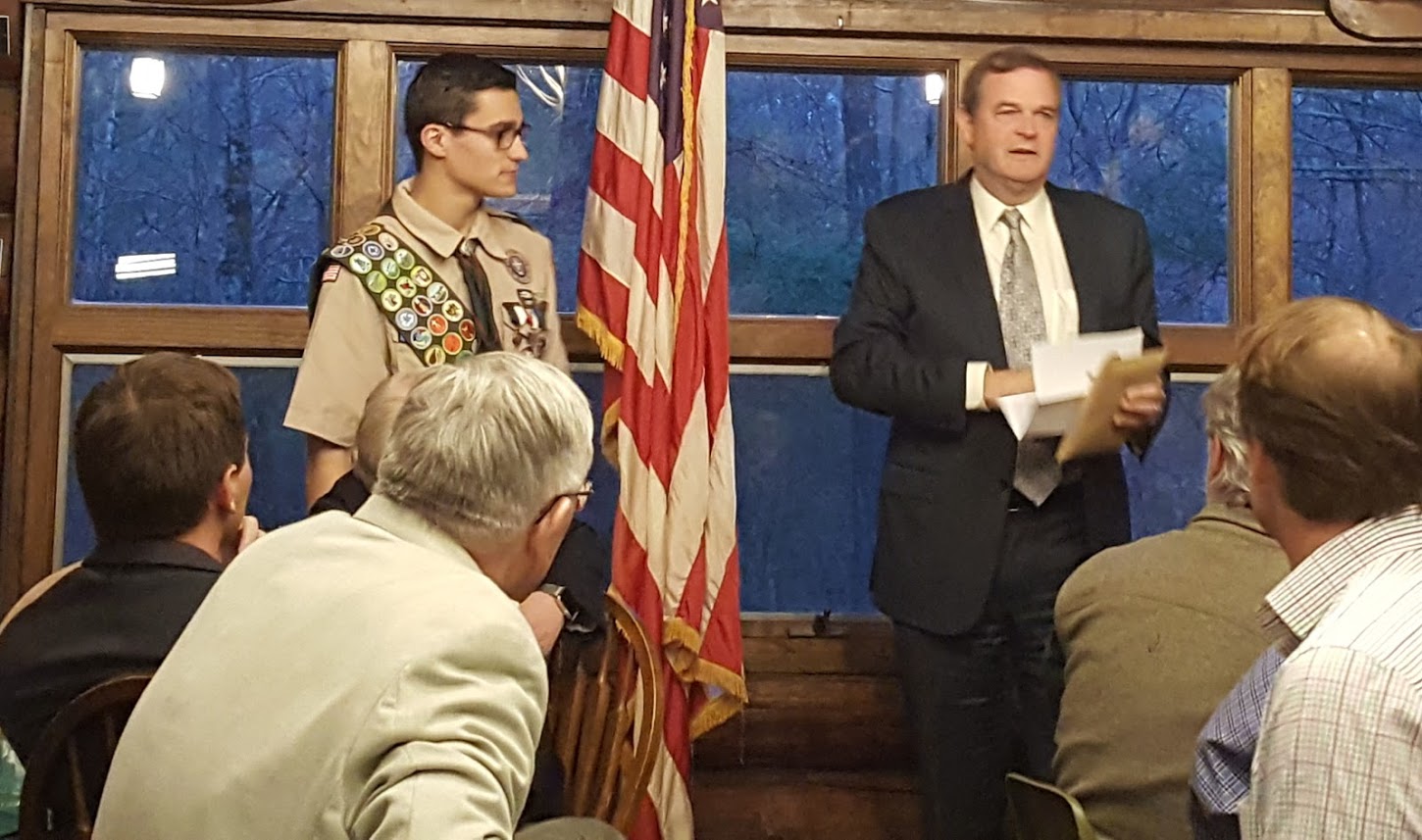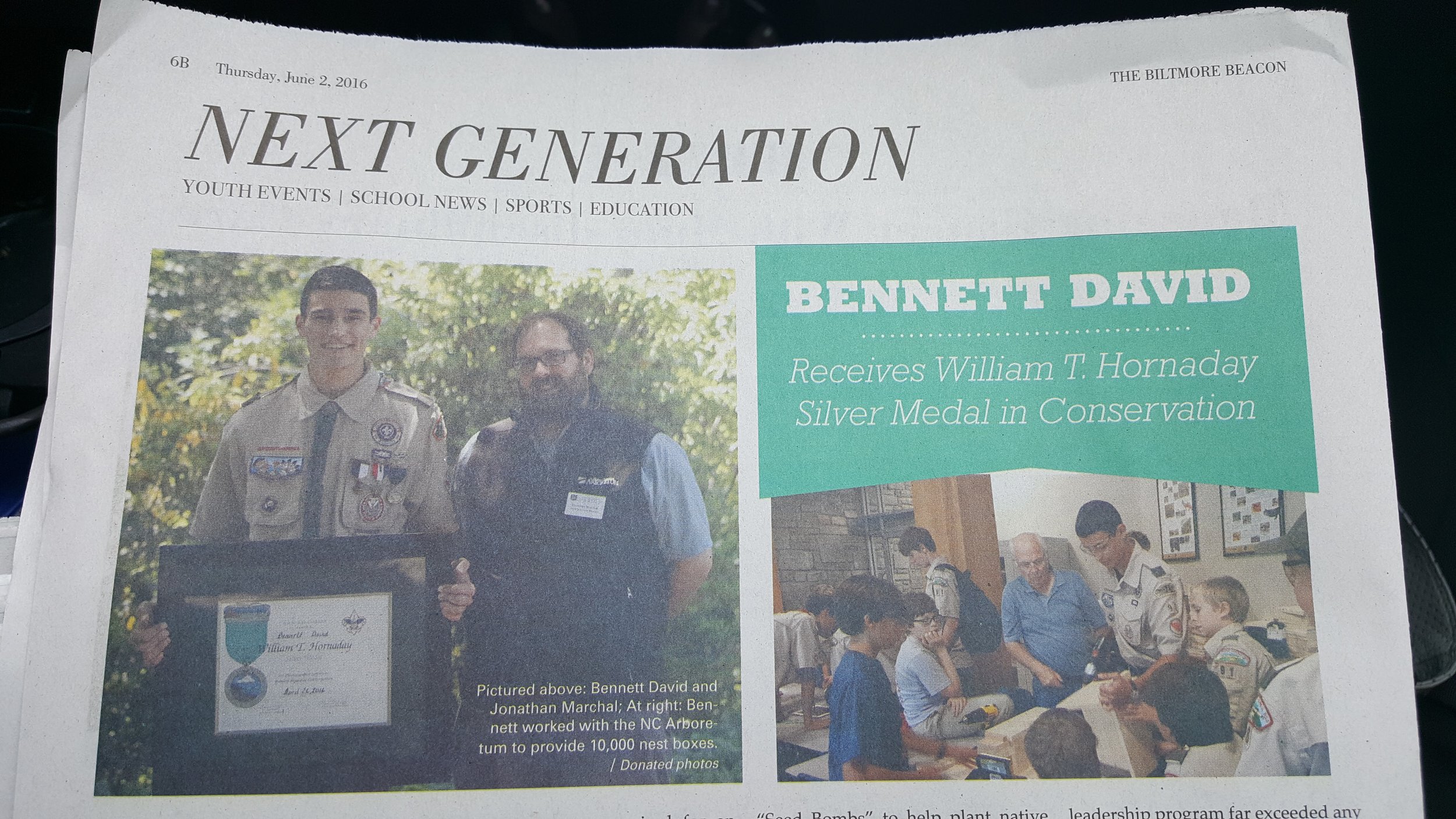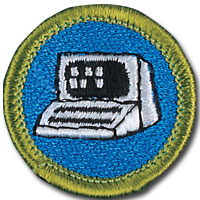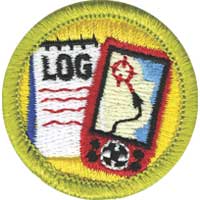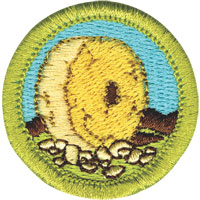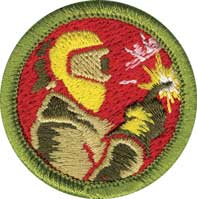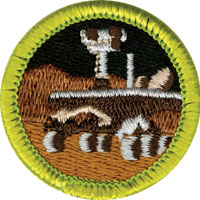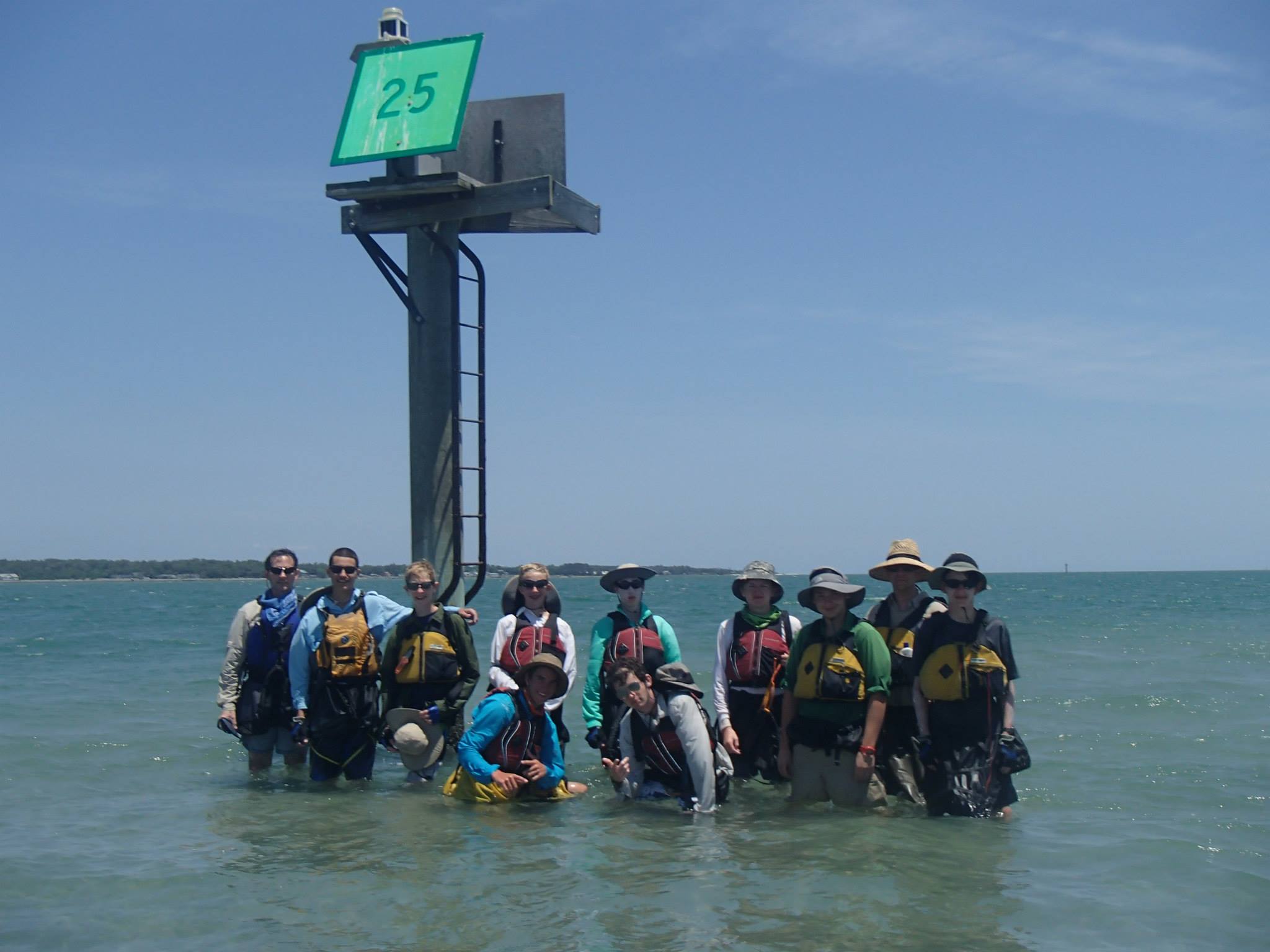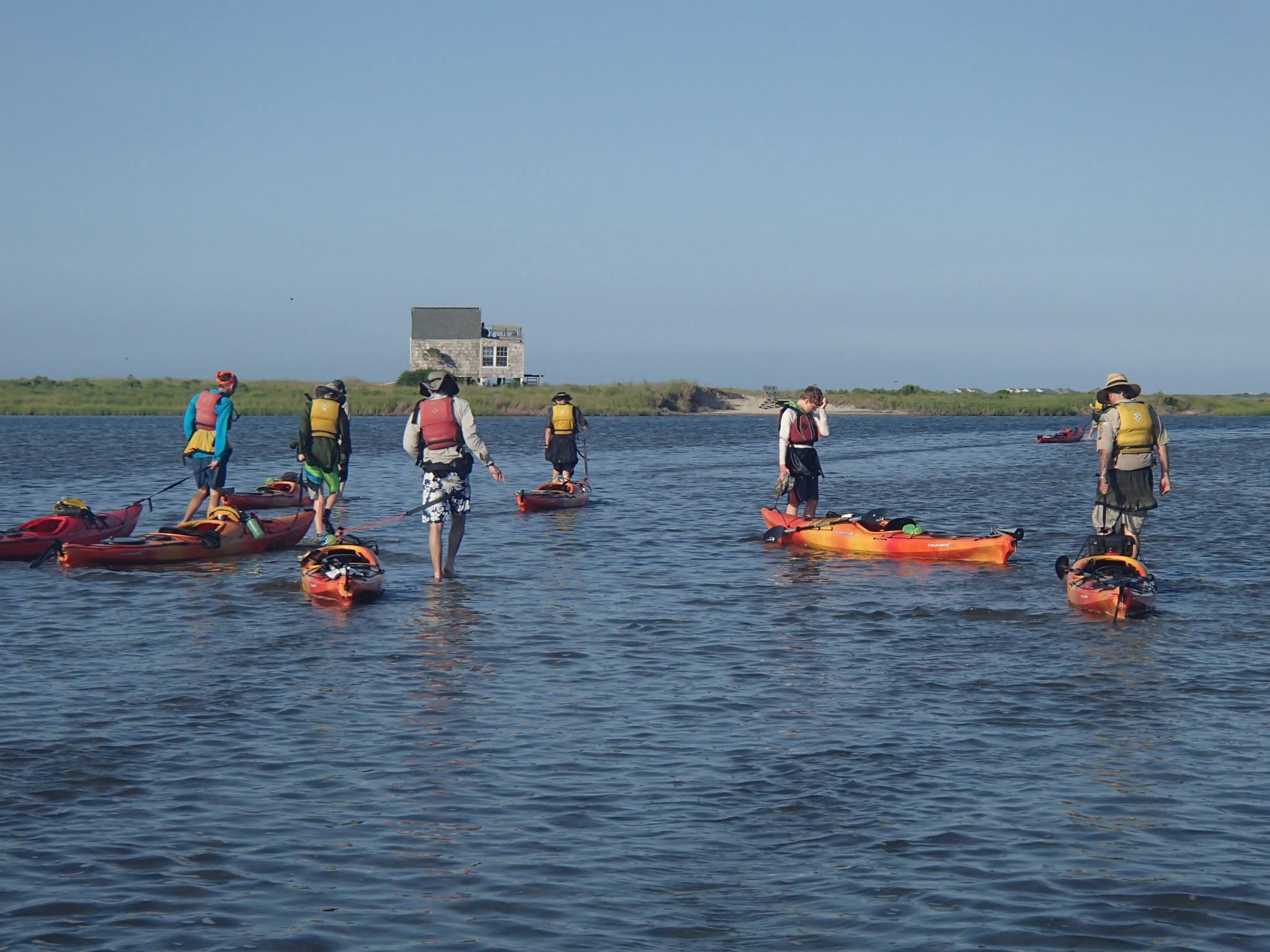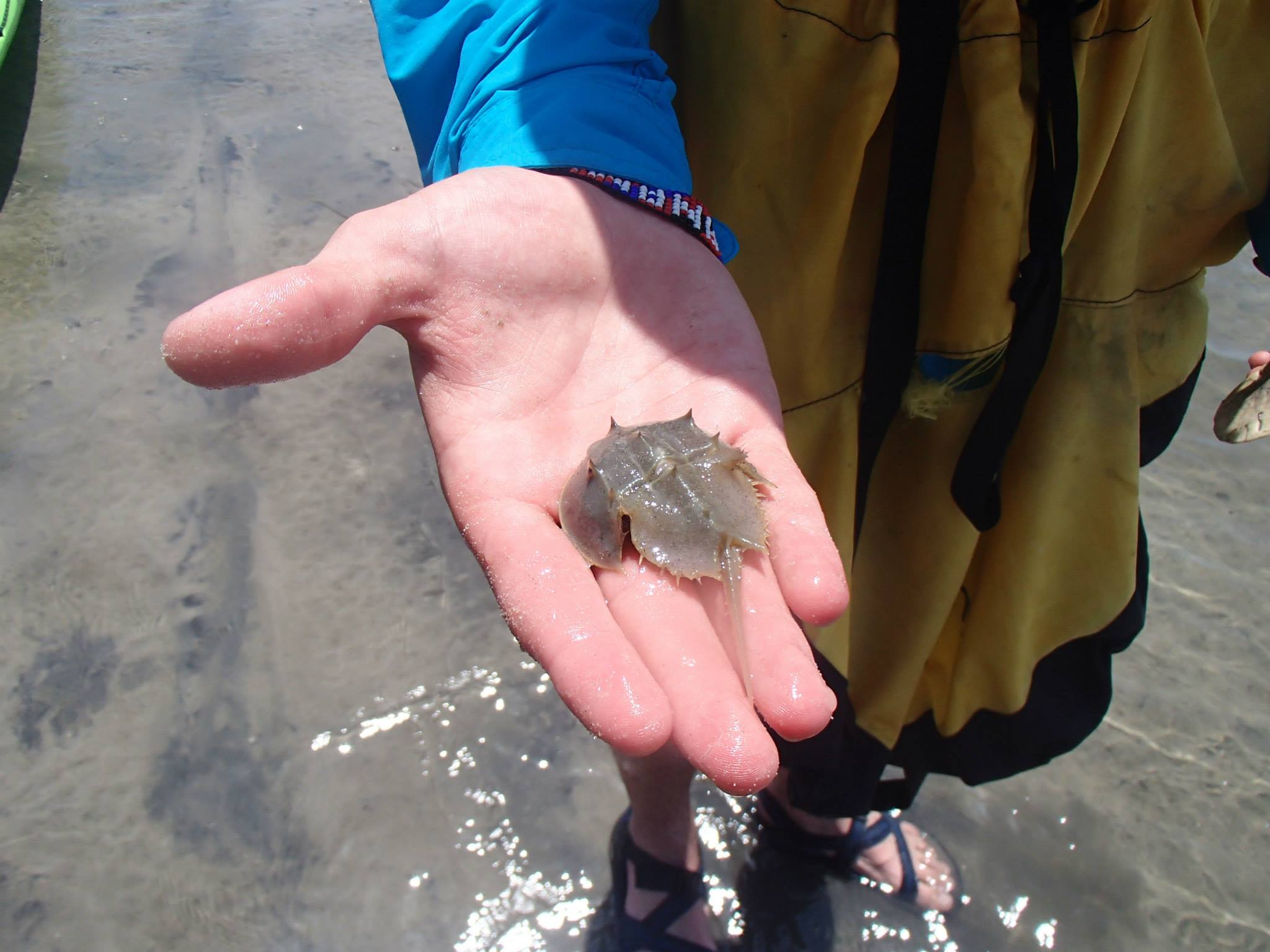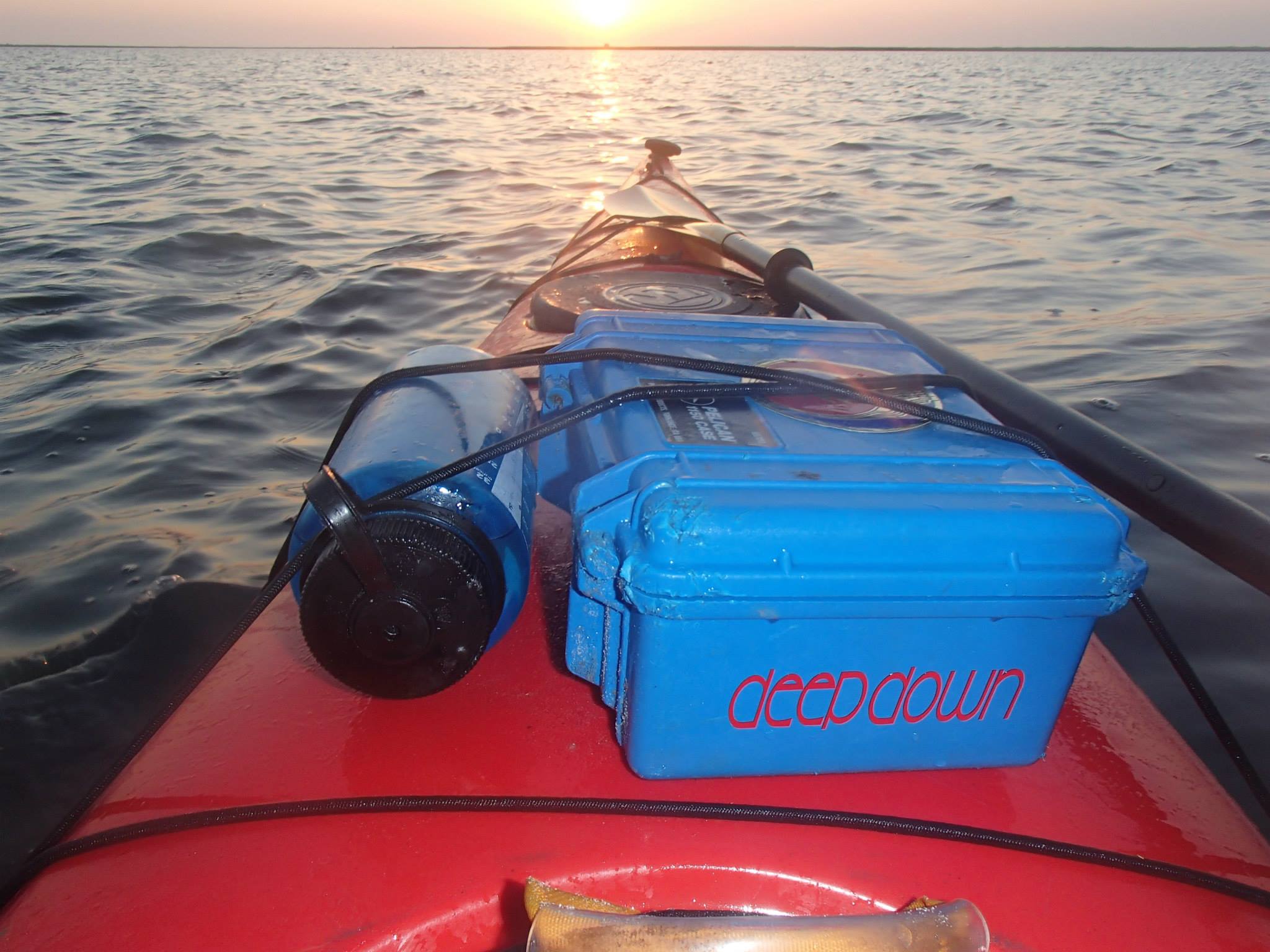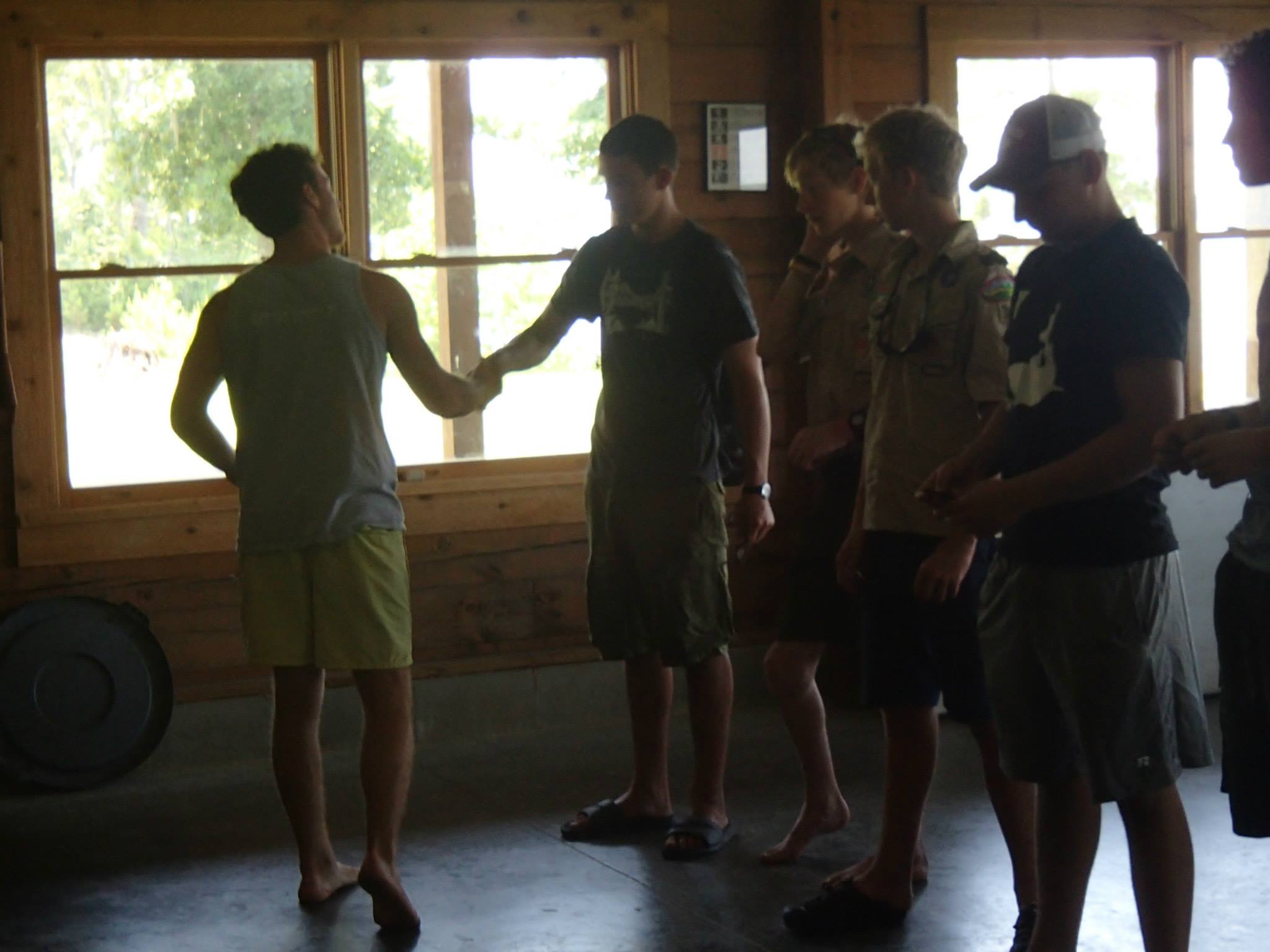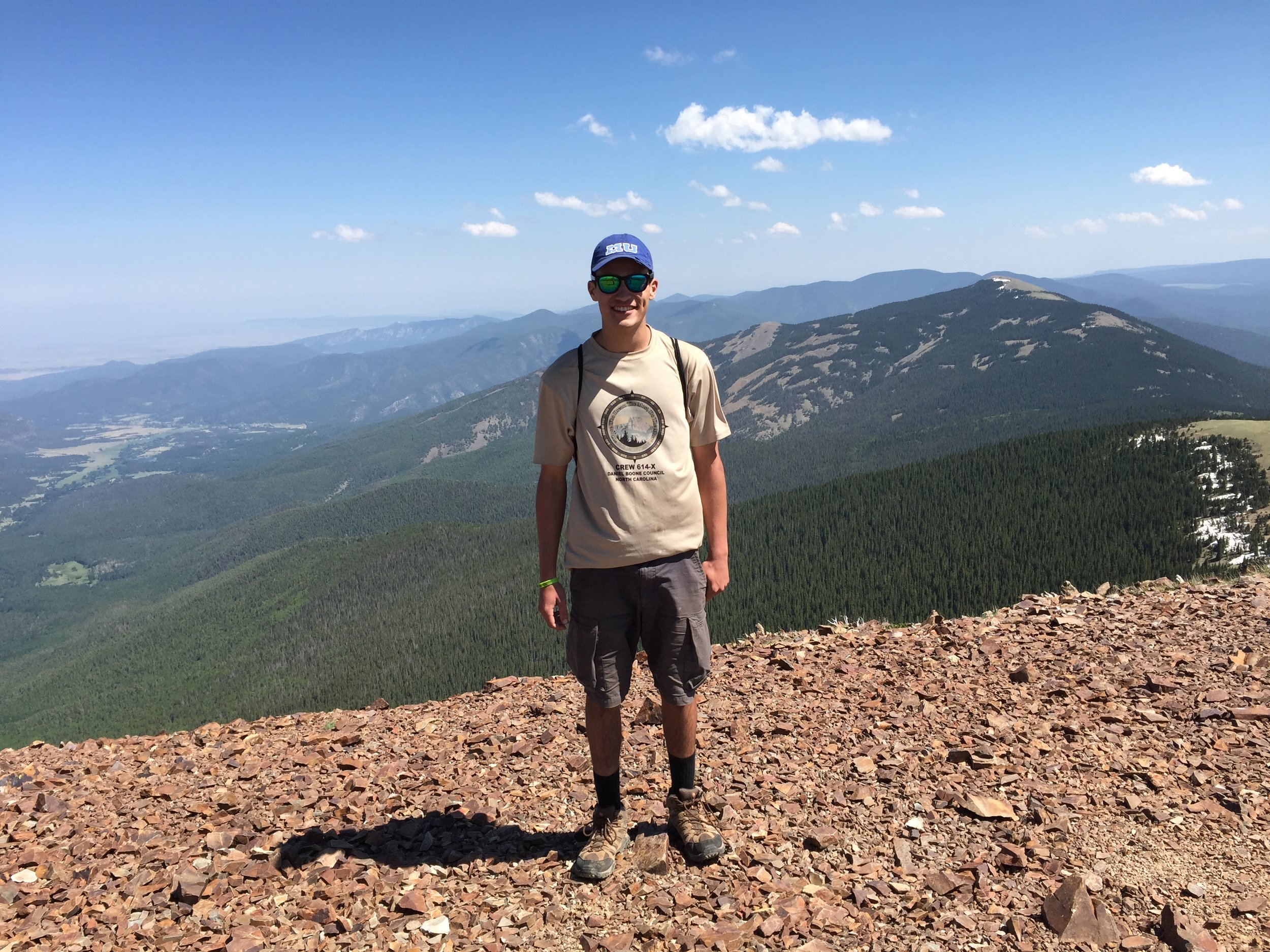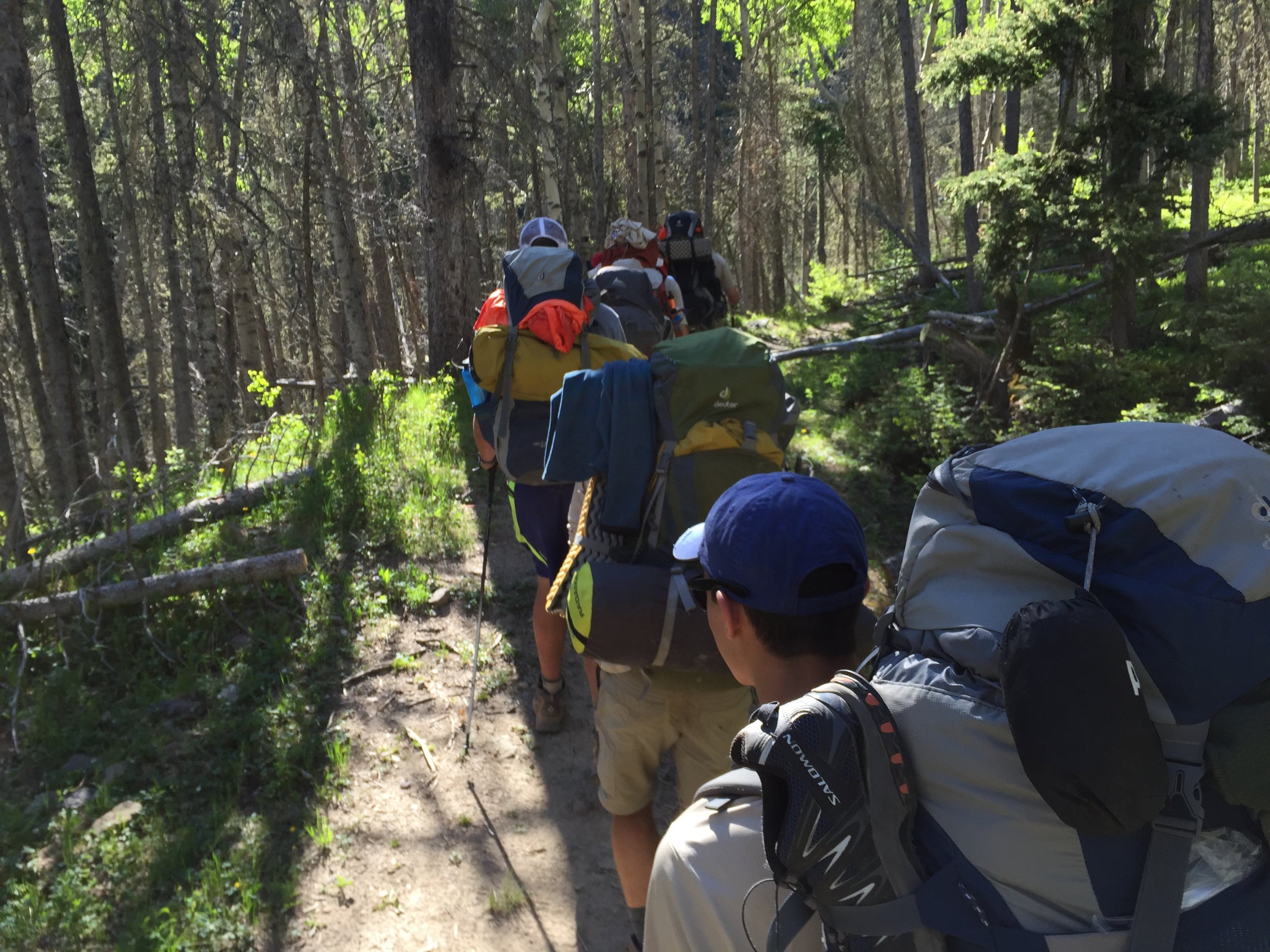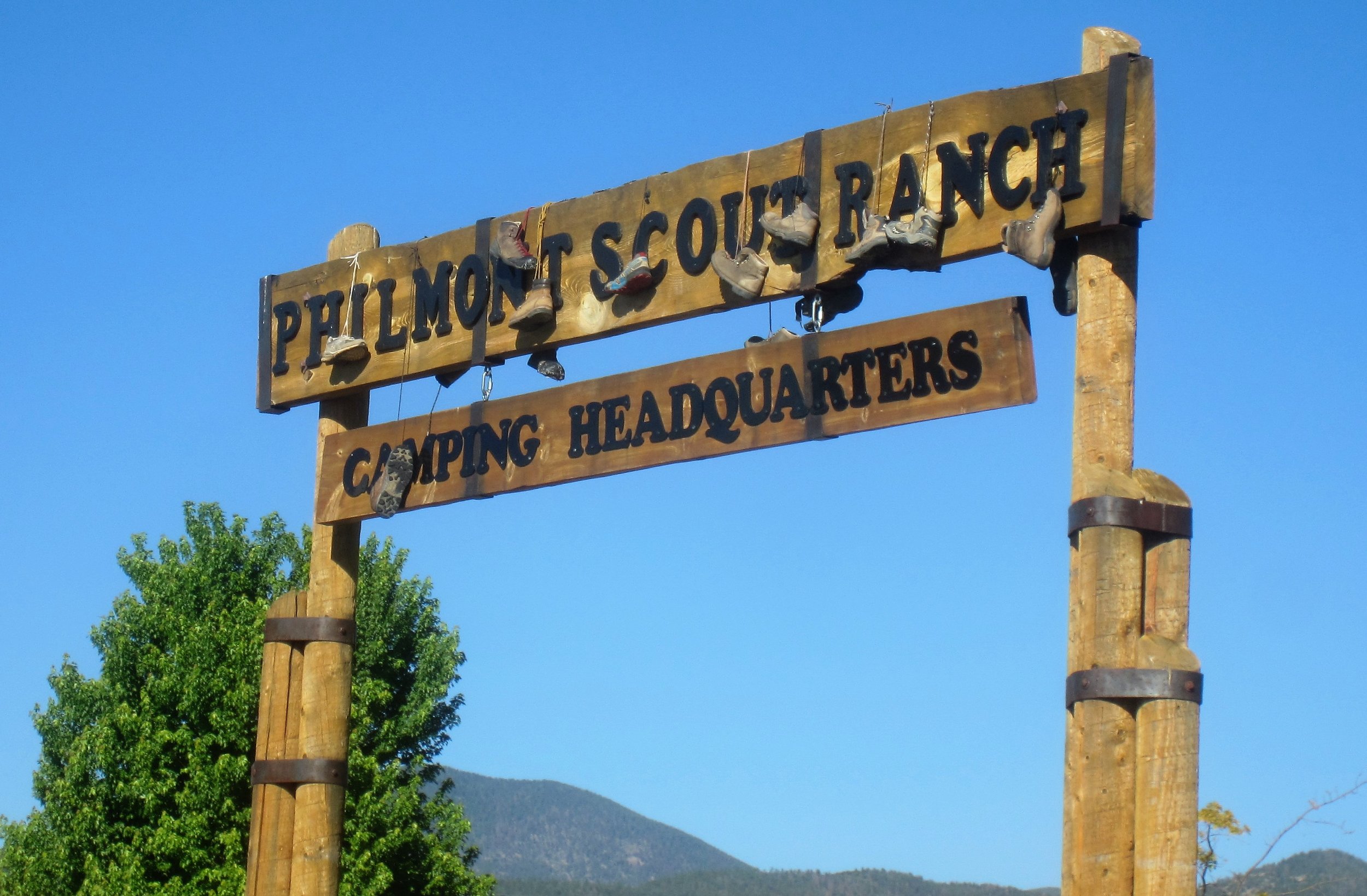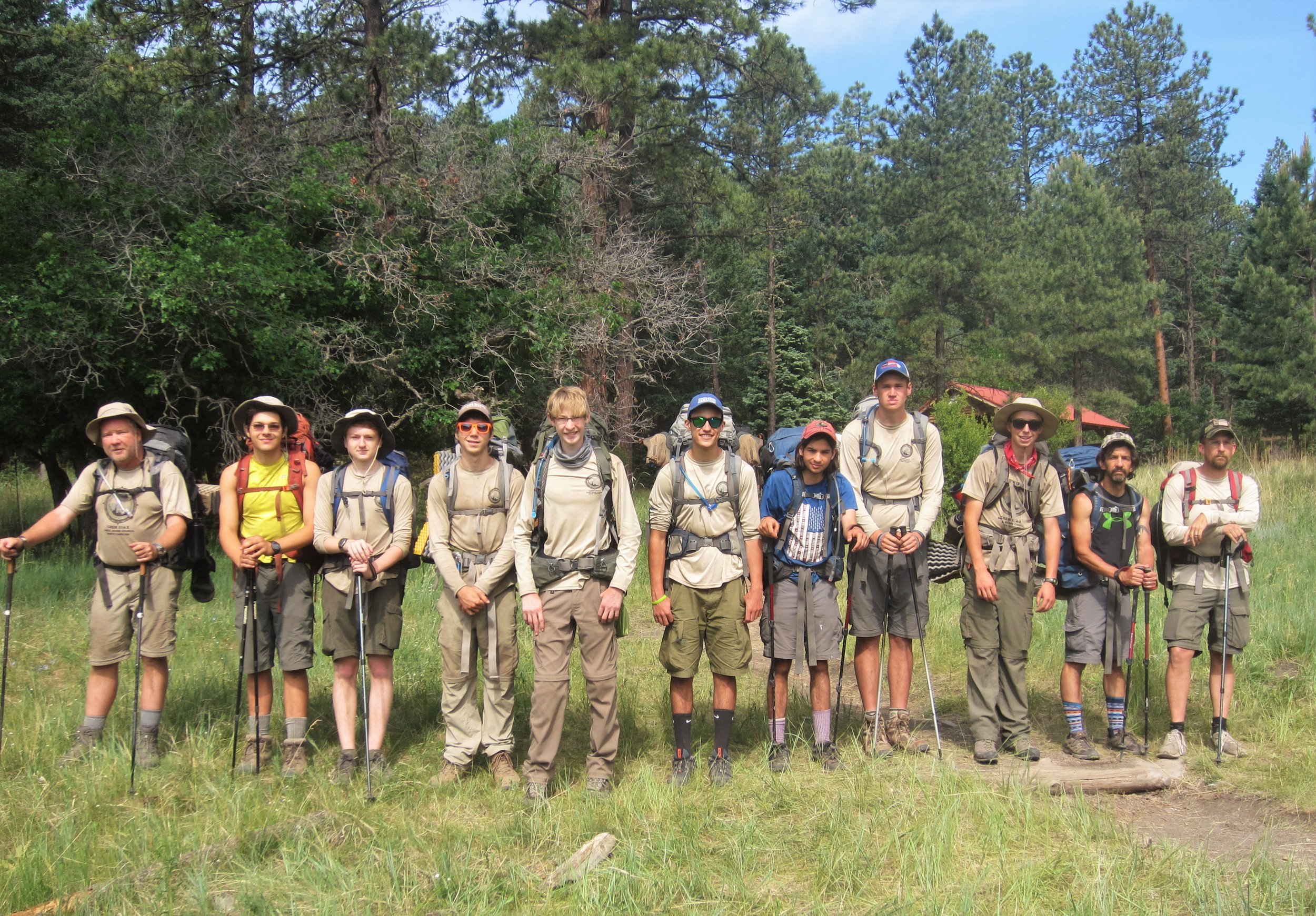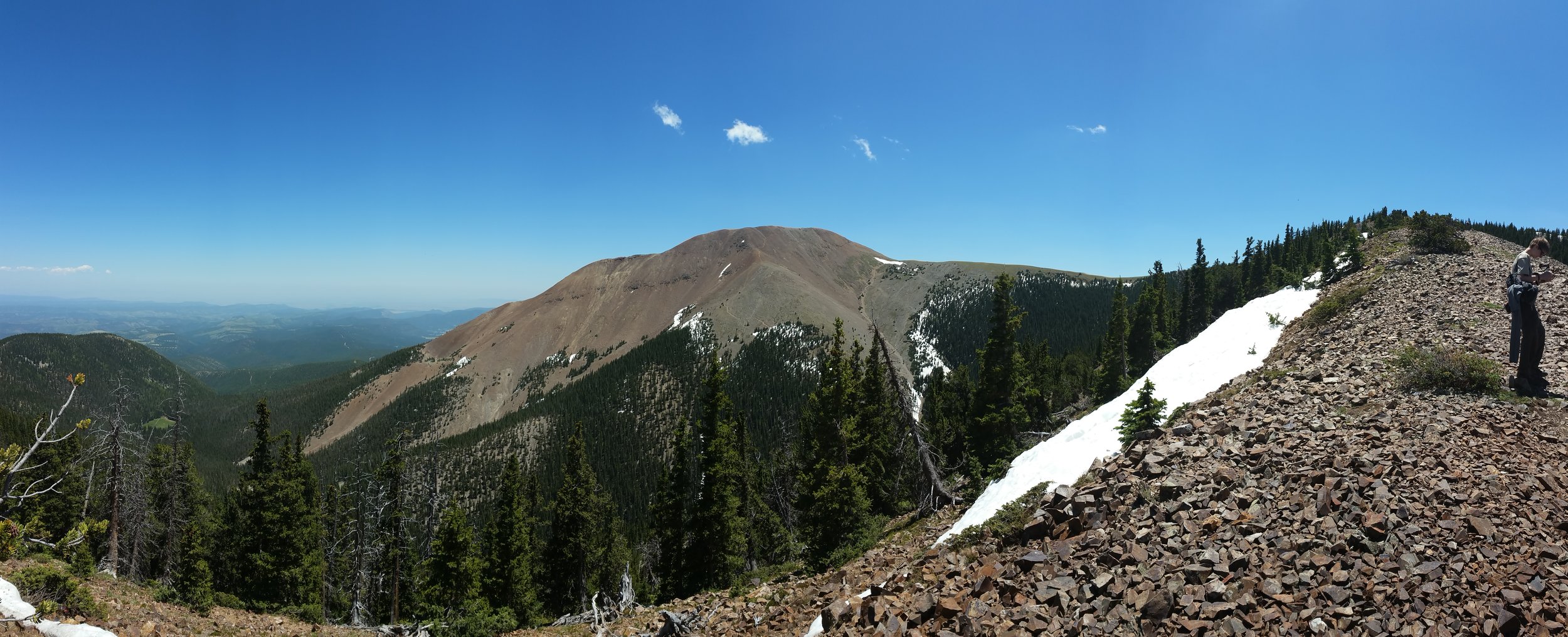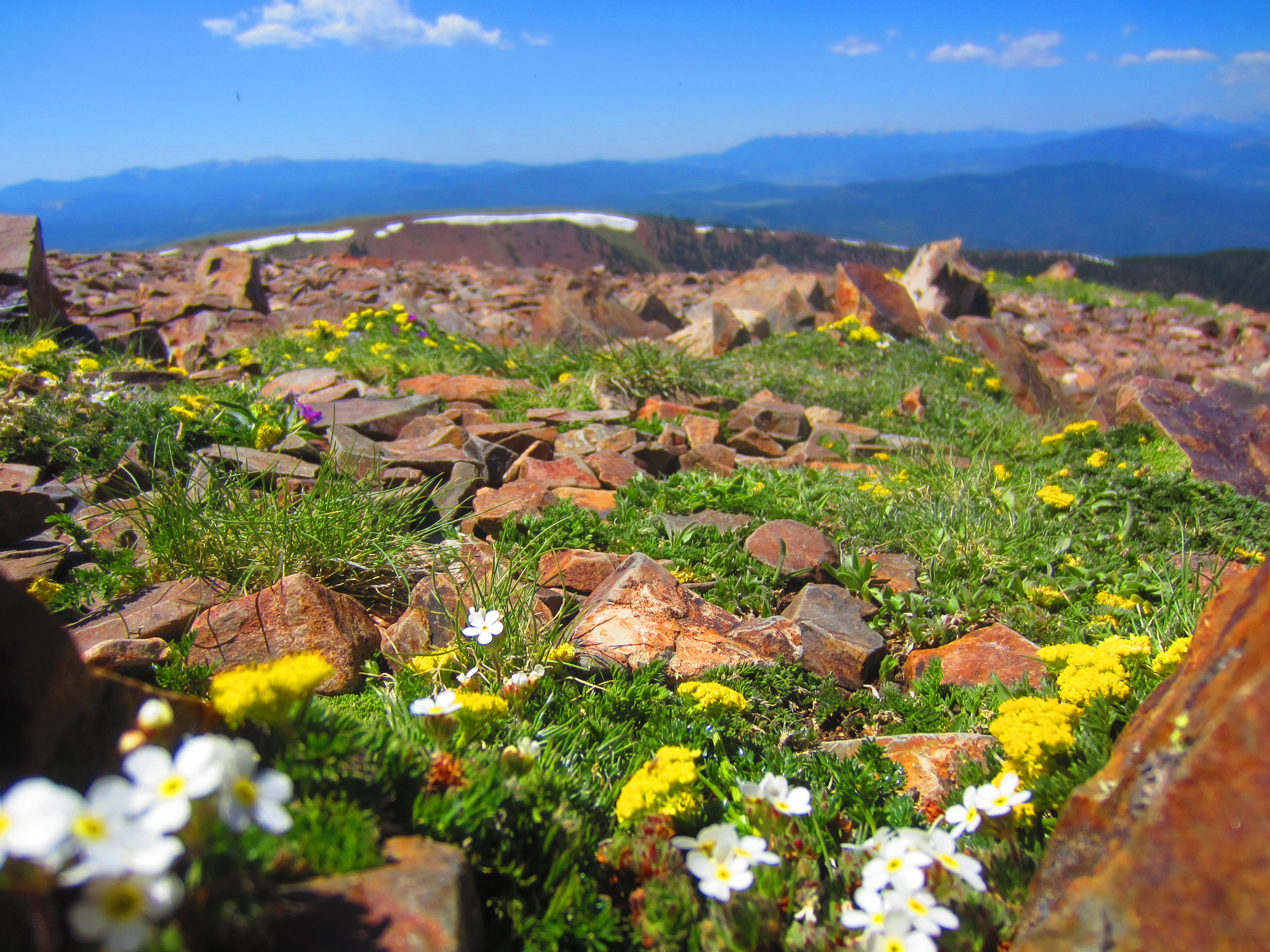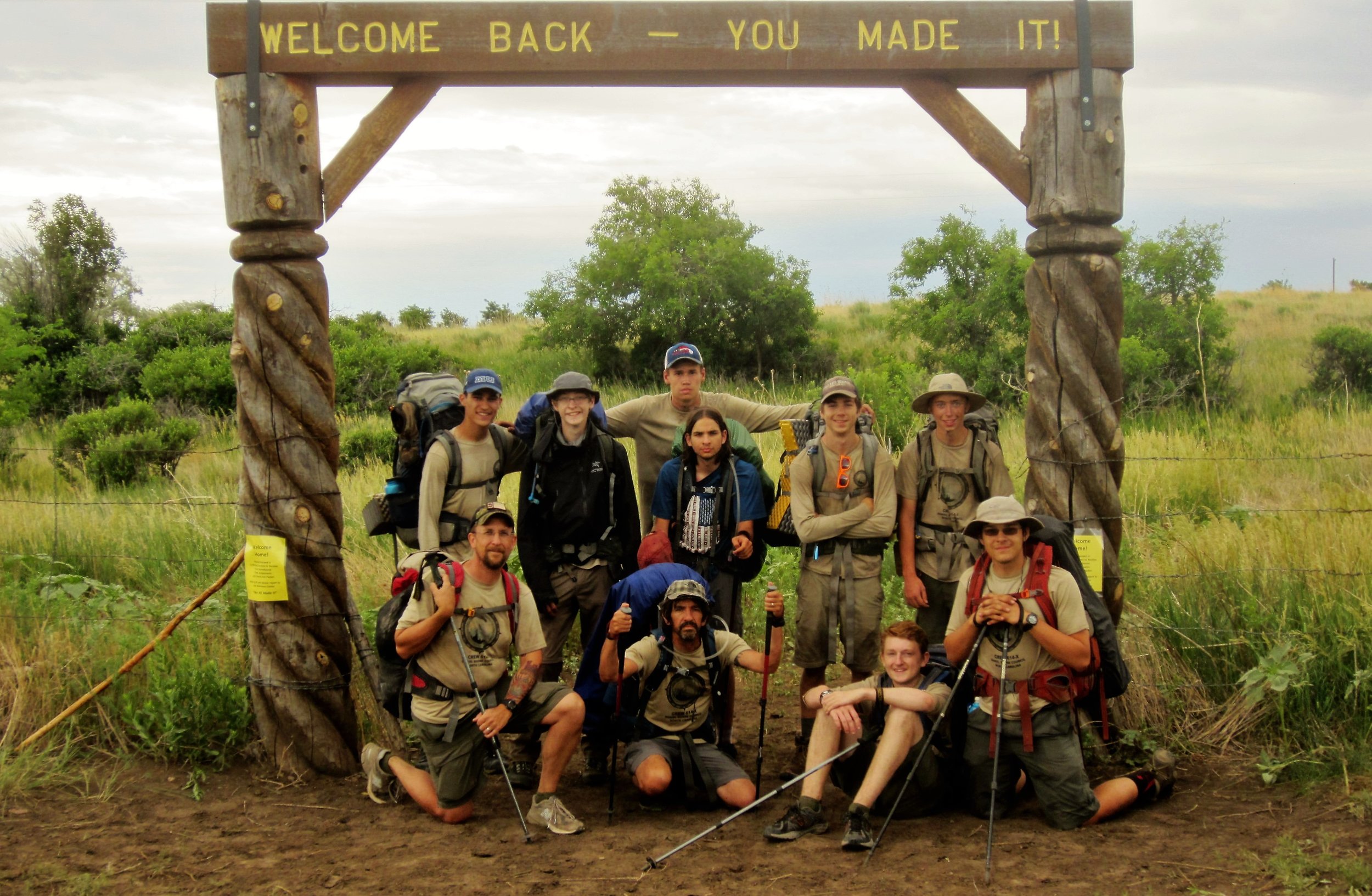Scroll down for...
Hornaday Silver Medal
Scout Advancement
High Adventure Leadership
The William T. Hornaday Silver Medal: Scouting's Rarest Award
I decided to commit to conservation service in 2013, well after earning my Eagle Scout Rank. I was struck by the narrative of the then-threatened Brown-headed Nuthatch. My commitment would eventually blossom into not only a huge project for the Nuthatches, but three other projects of similar size. I was eventually awarded a William T. Hornaday Silver Medal for my efforts. A Silver Medal requires four conservation action projects. These projects are like Eagle Projects, except they are longer in term and larger in scale, they each include huge research and promotion components, and they never really end, in terms of promotion: they are ongoing, because their common mission is to get as many people involved as possible. While the Medal was never my endgame, it served as a basic framework for me to follow.
While Eagle projects are judged locally and have objective criteria, Hornaday medal level projects are judged subjectively (on the environmental impact and significance) and judged nationally by a committee of environmental professionals who meet twice a year. Only 25% of Hornaday applications are approved. While over 50,000 Eagle Scout awards are earned each year, last year, only 3 Silver medals were awarded. Less than 135 have been awarded over the last 100 years.
Four years after entering the program, I count over 500 personal hours and nearly 2,000 man-hours spread across the four large-scale conservation initiatives. I find the work difficult but fulfilling, and love that I am able to interact with so many different members of Asheville's conservation community.
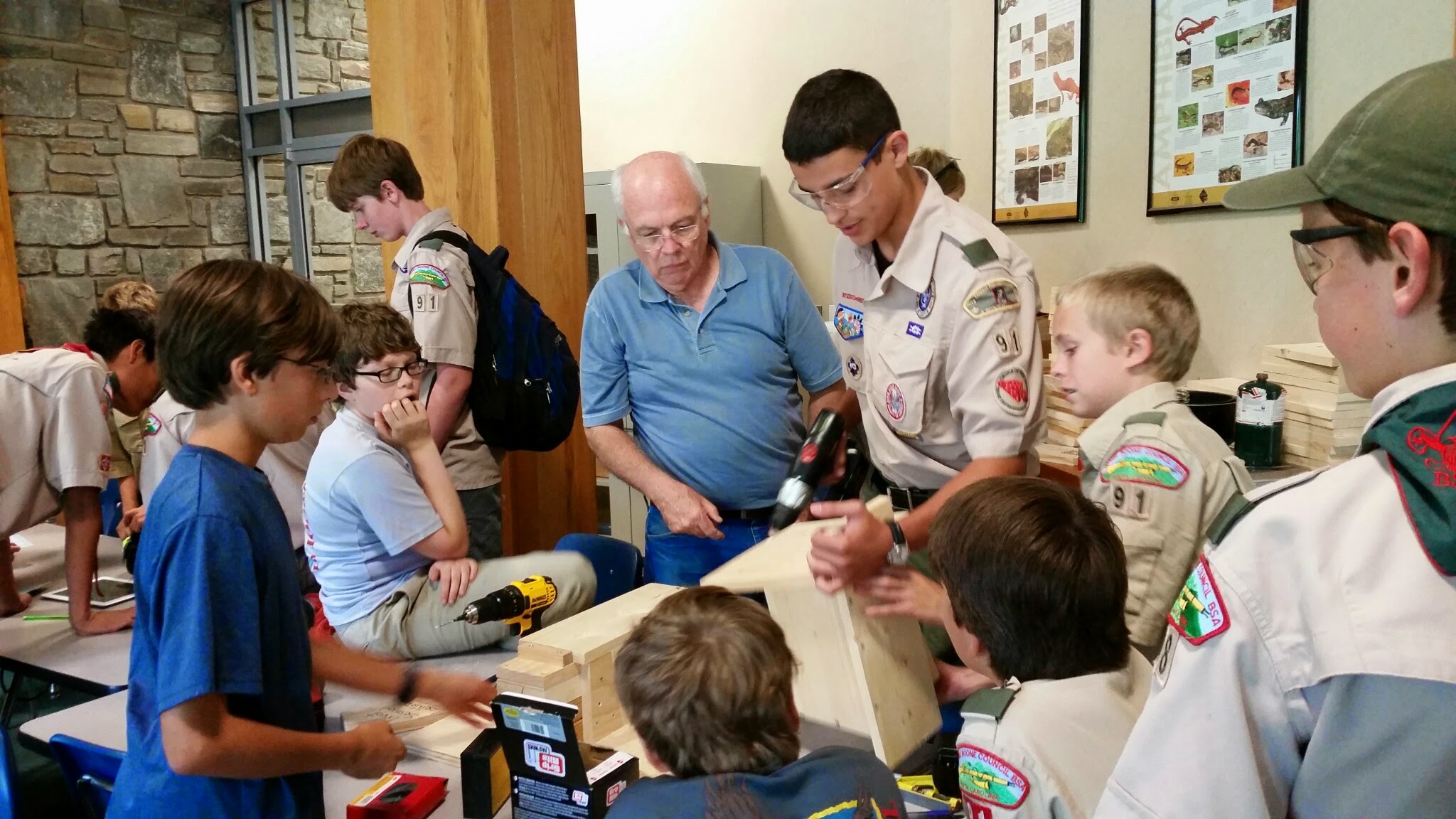
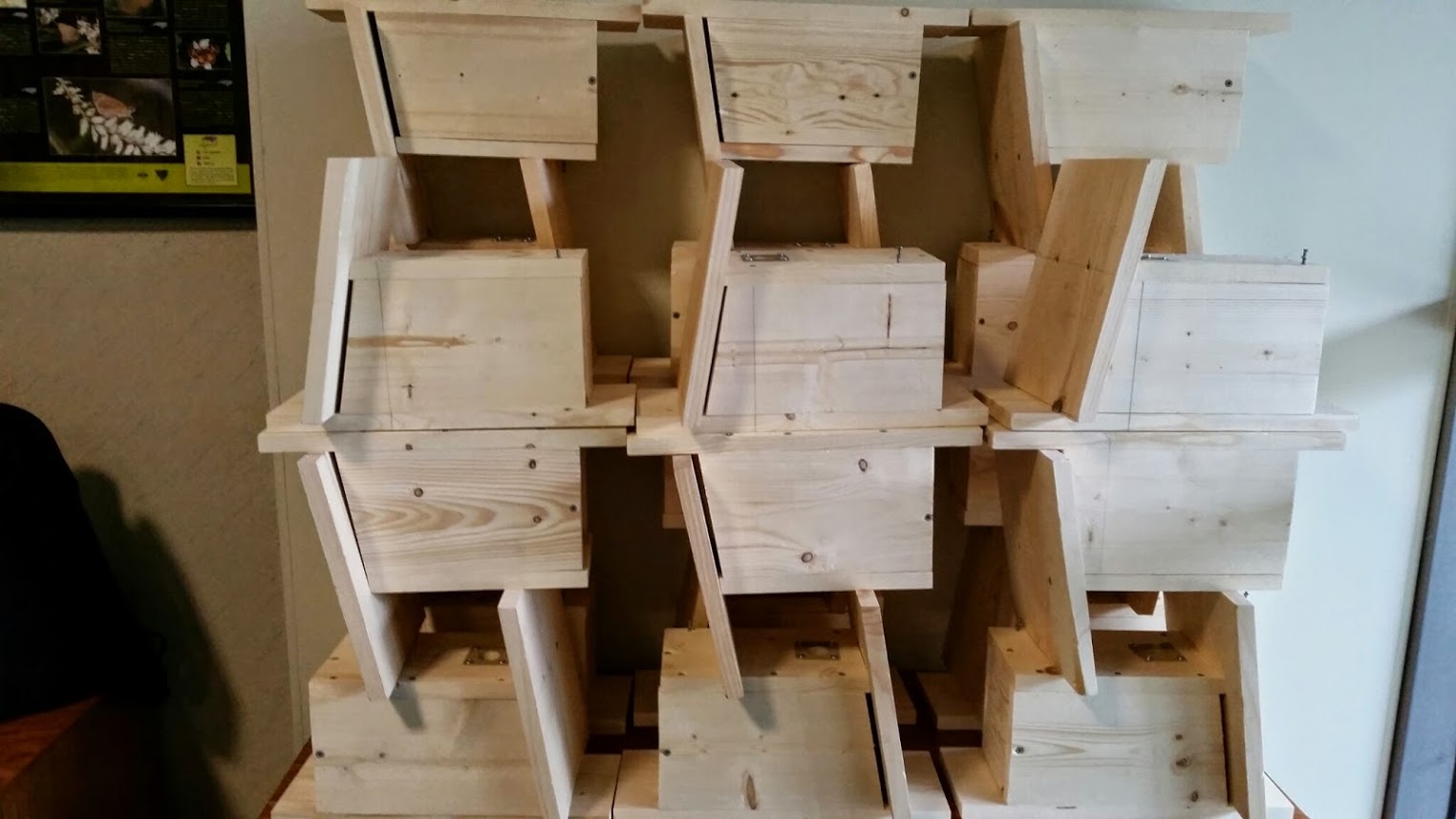
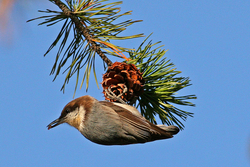

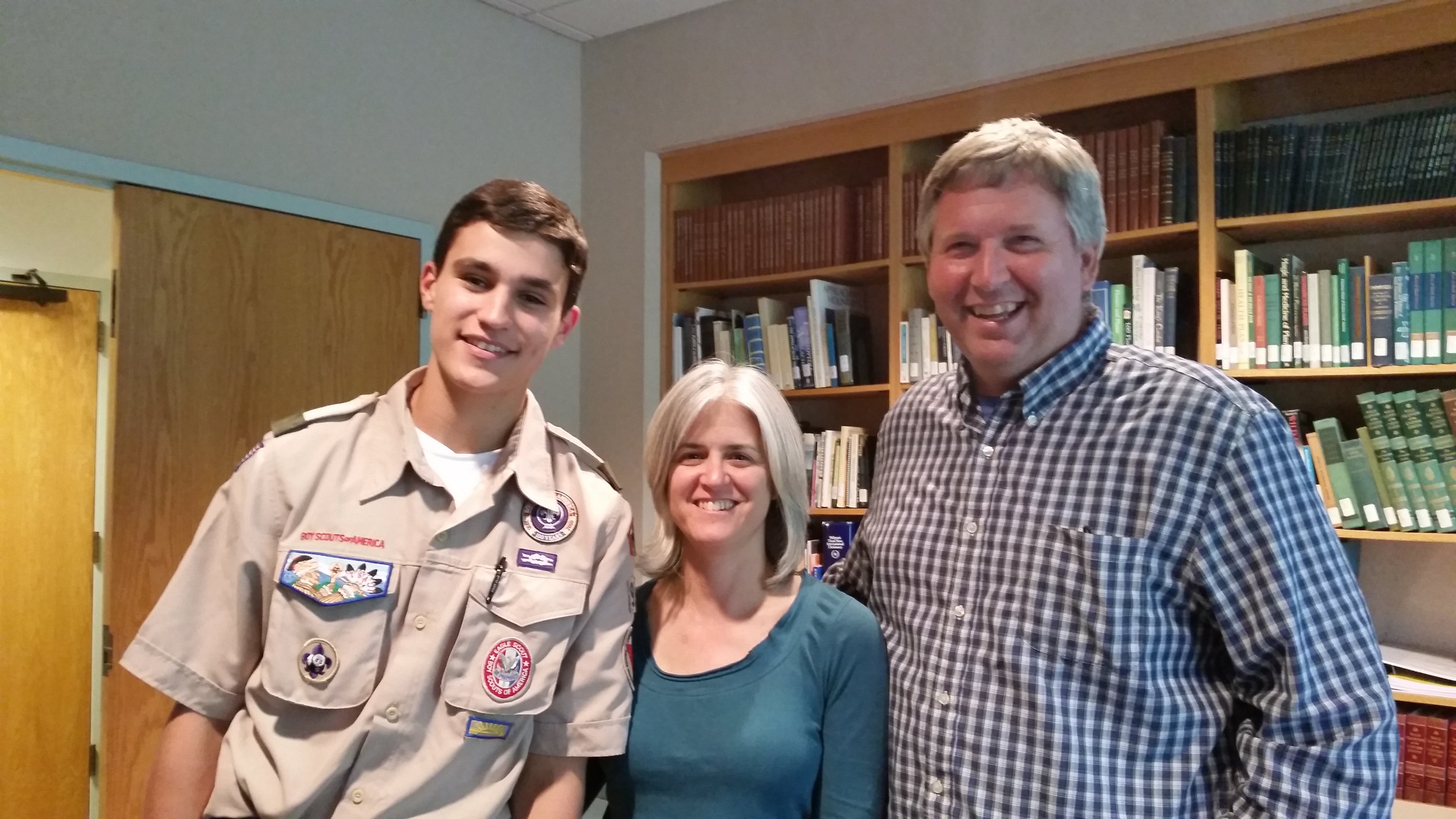

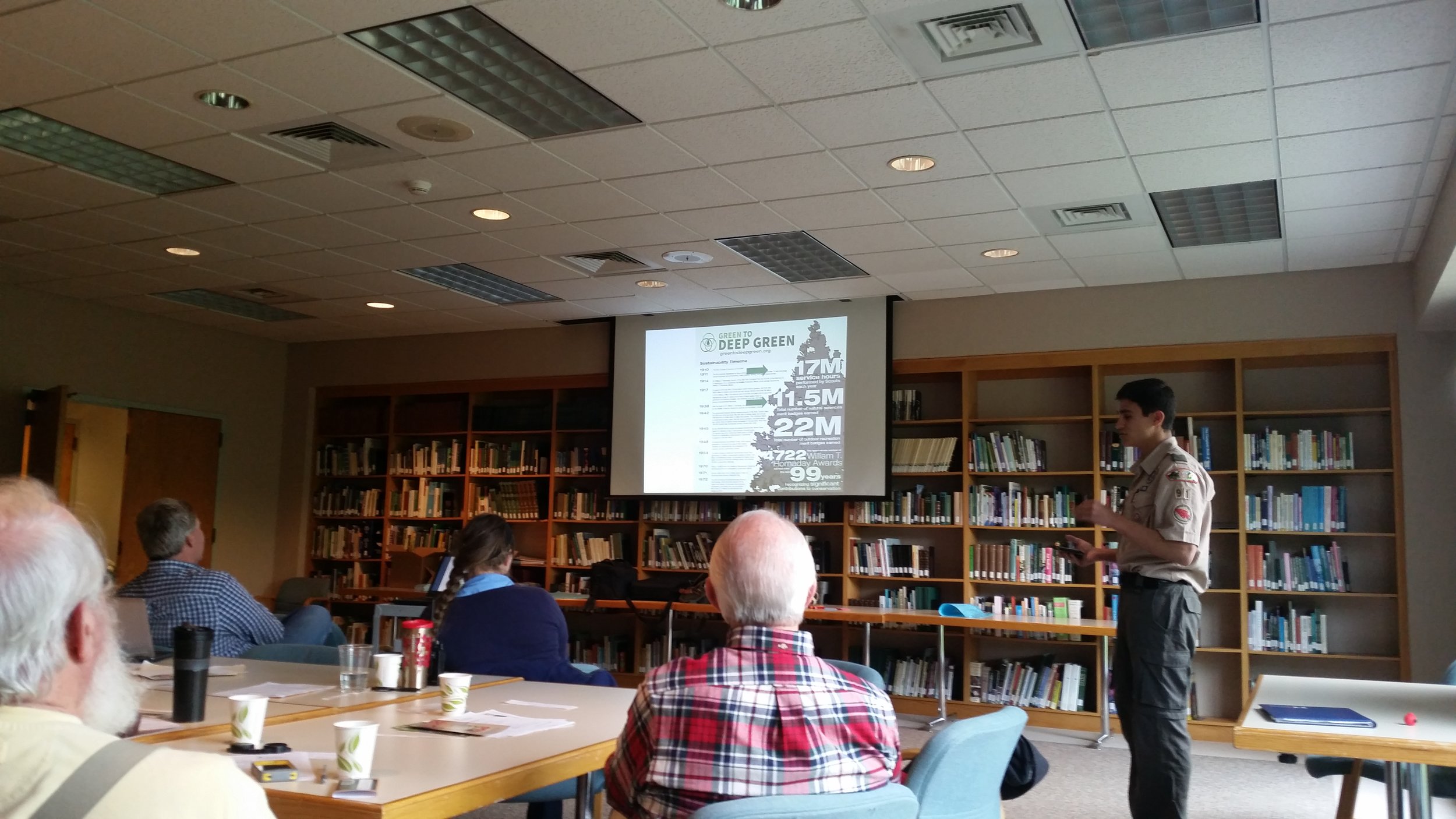
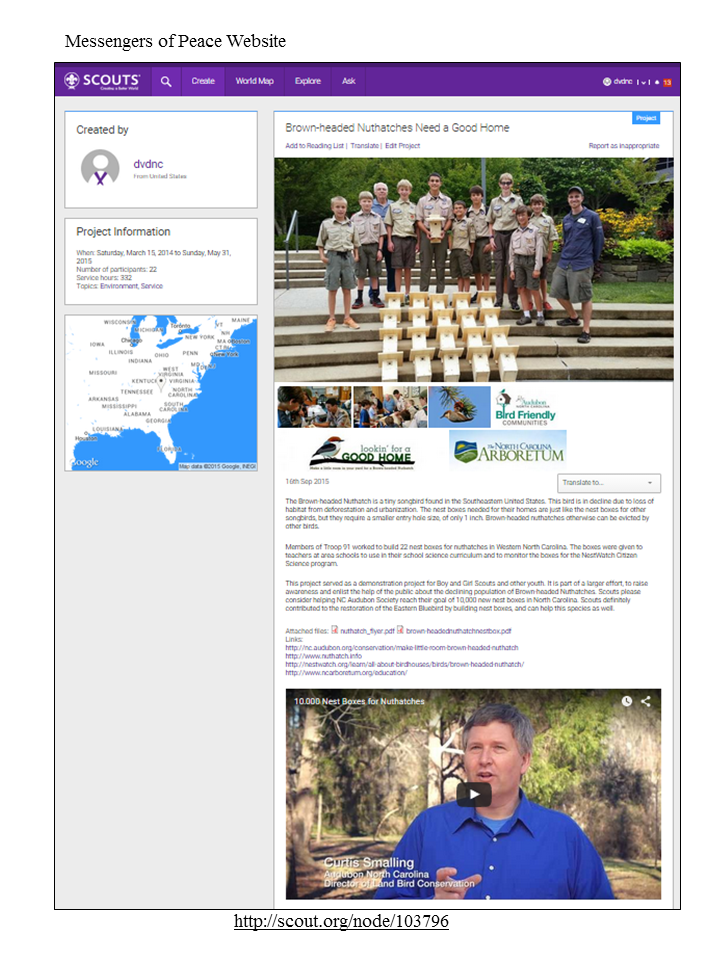
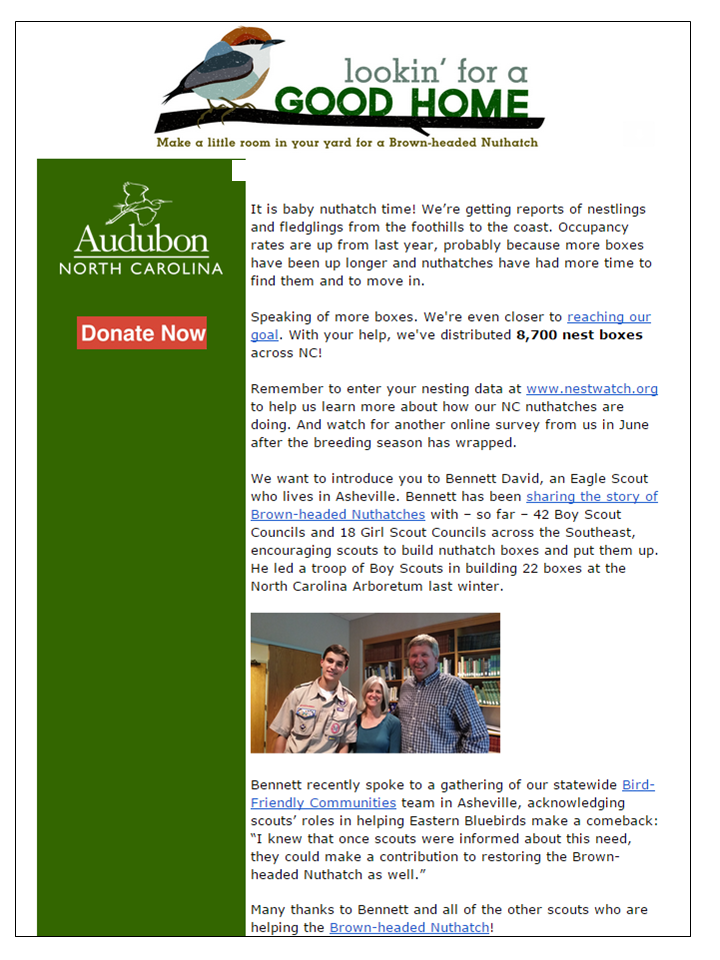
project one | Nest Boxes for Nuthatches
My first initiative exists to help restore the Brown-headed Nuthatch's declining Southeastern population. Here's the fact that got me hooked: if these tiny nuthatches try to nest in boxes of a normal hole size, they are often evicted by bluebirds. After hearing that, I couldn't resist beginning not only work on this project, but conservation as a whole. I served as a youth ambassador for Audubon NC to help them reach their two-year goal of 10,000 NC nest boxes by constructing houses, teaching others to do so, and distributing "converters" that allow people to make their houses nuthatch-friendly. I even created a website, nuthatch.info, to further spread the message. Today, I regularly see southeastern youth decide to follow my pilot project, and help that tiny, squeaky bird.
project two | Scout Pollinator Garden Challenge
My second initiative is a nationwide effort. The Scout Pollinator Garden Challenge addresses the dangerous decline of pollinators and encourages people to plant monarch waystations and other pollinator habitats. I led multiple community demonstration projects and educational events for it, including seed bomb tutorials at the NC Arboretum and a pilot waystation at the environmentally-friendly Franklin School of Innovation. Boy and Girl Scouts continue to benefit all types of pollinators as part of this challenge. Of all the projects, this was the most difficult to coordinate, as I worked with Bee City USA, the aforementioned FSI, the NC Arboretum, and Monarch Rescue. Working for butterflies, however made it all more than worth it.
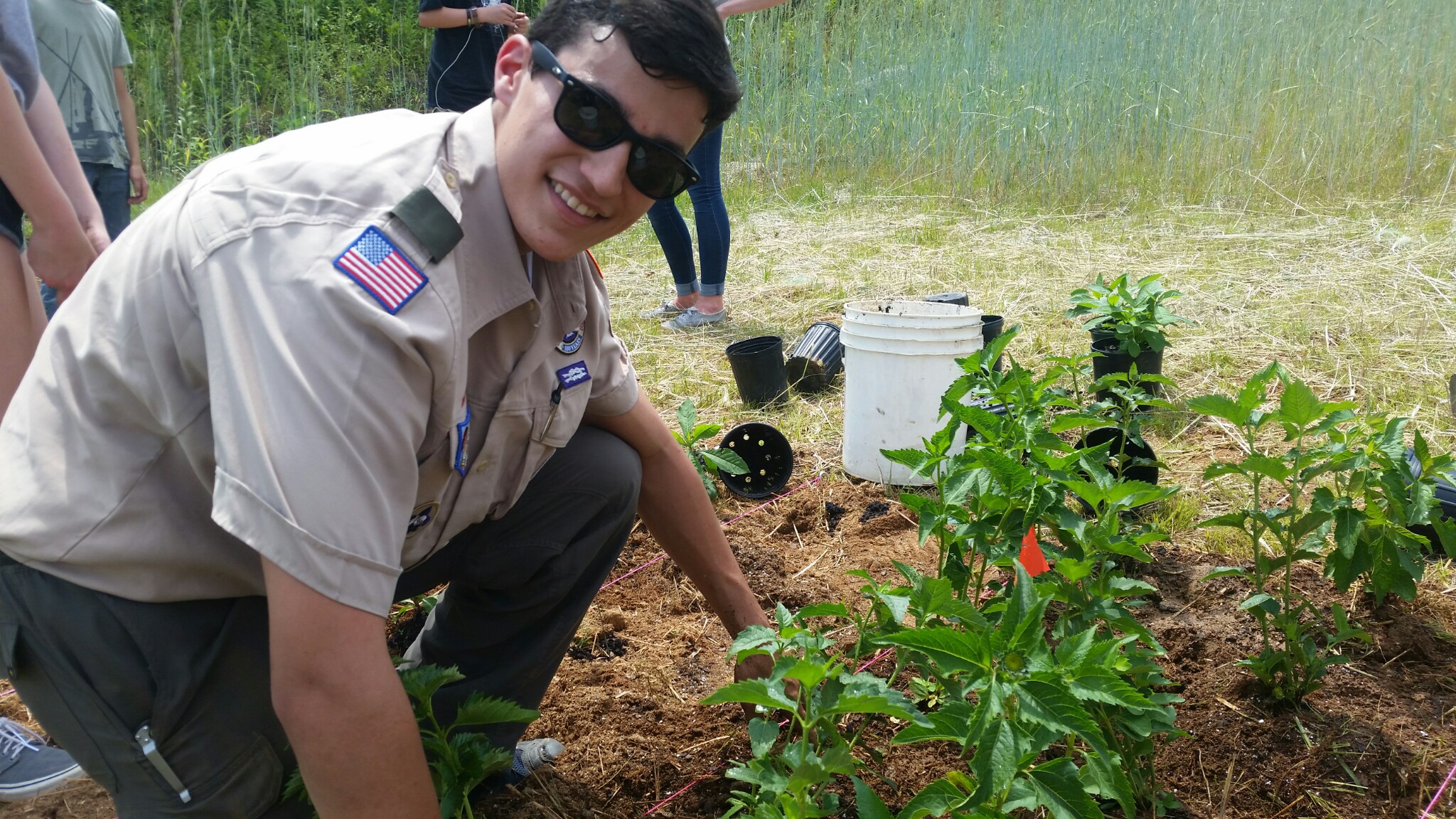
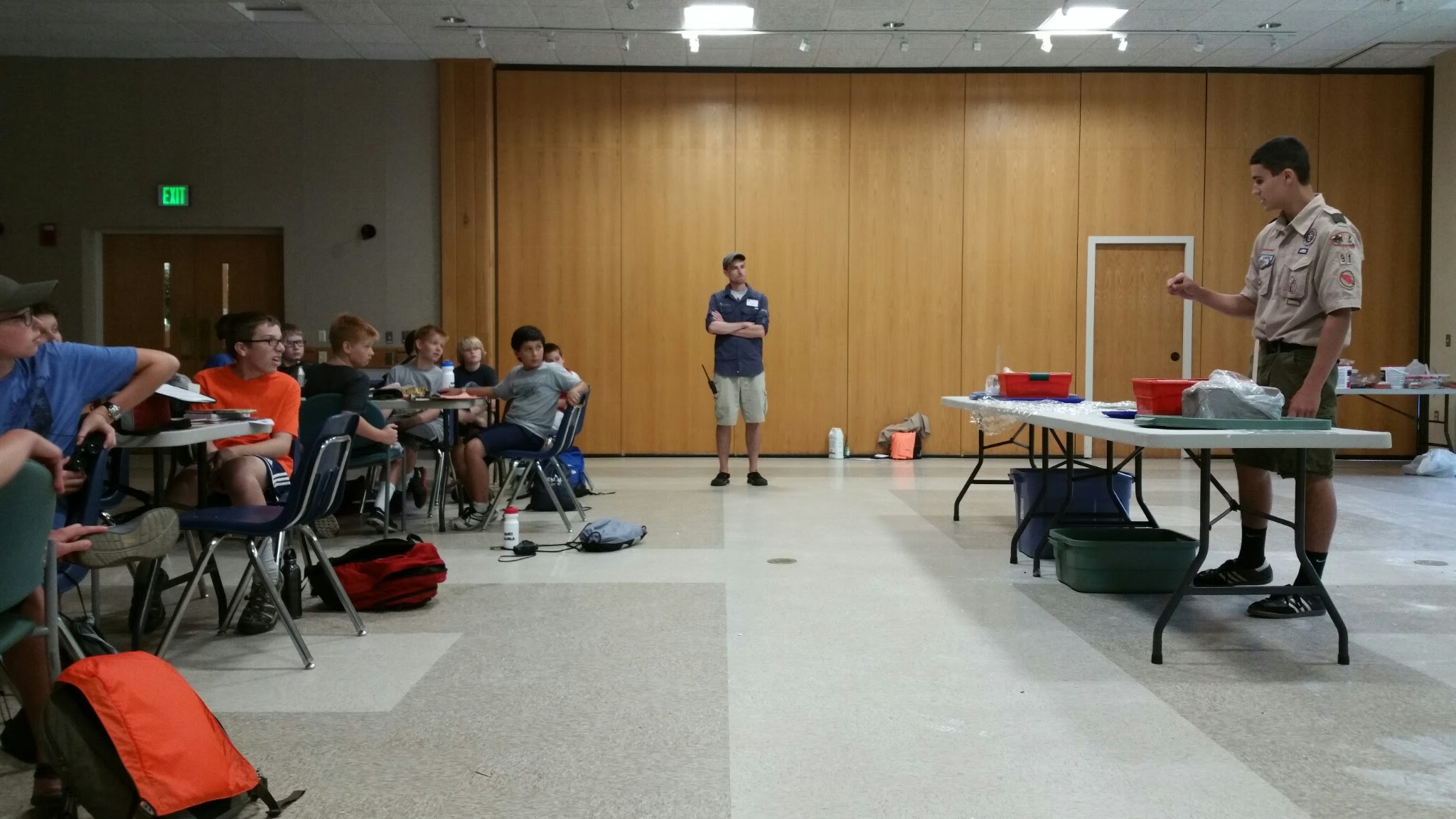
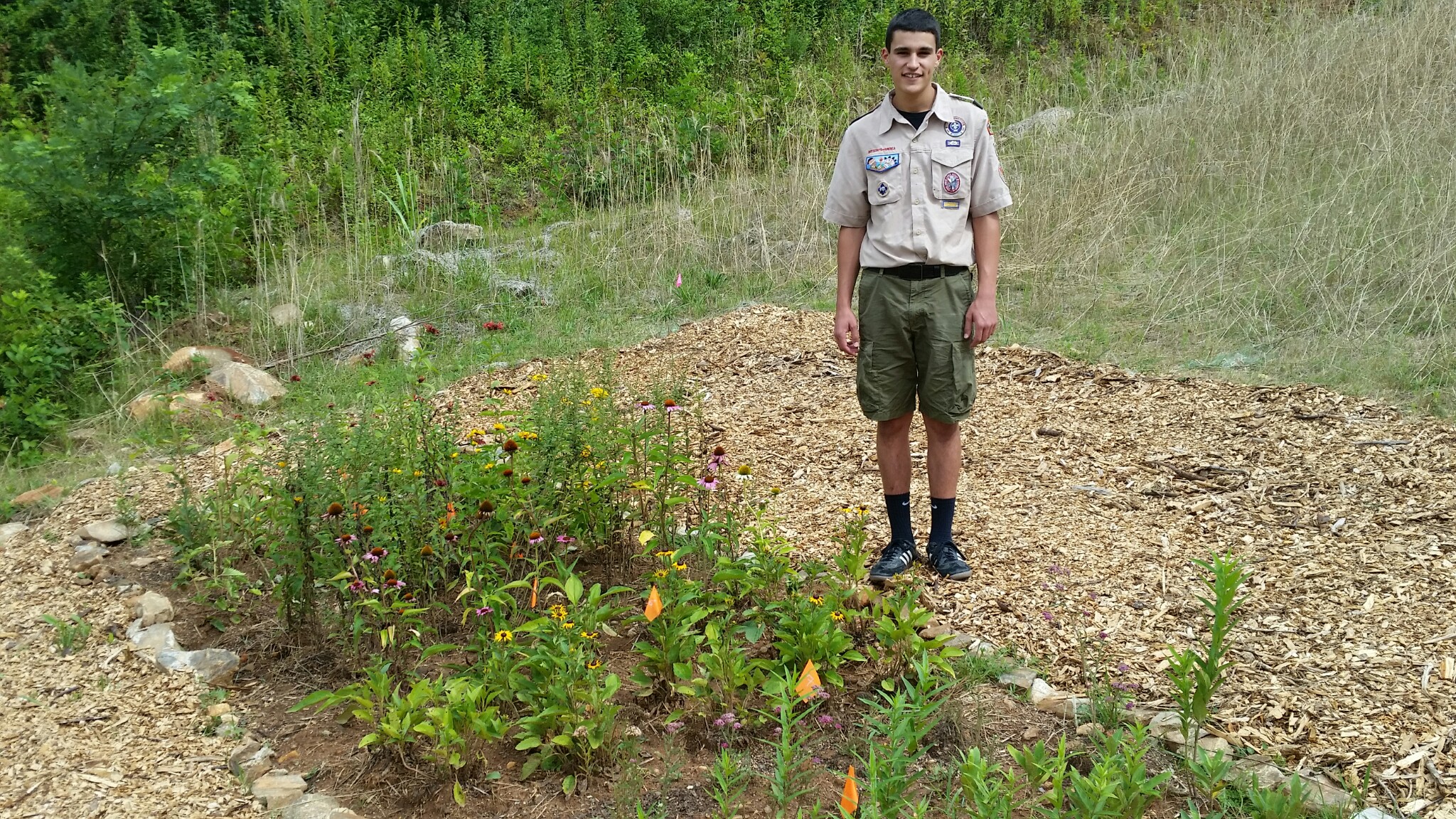
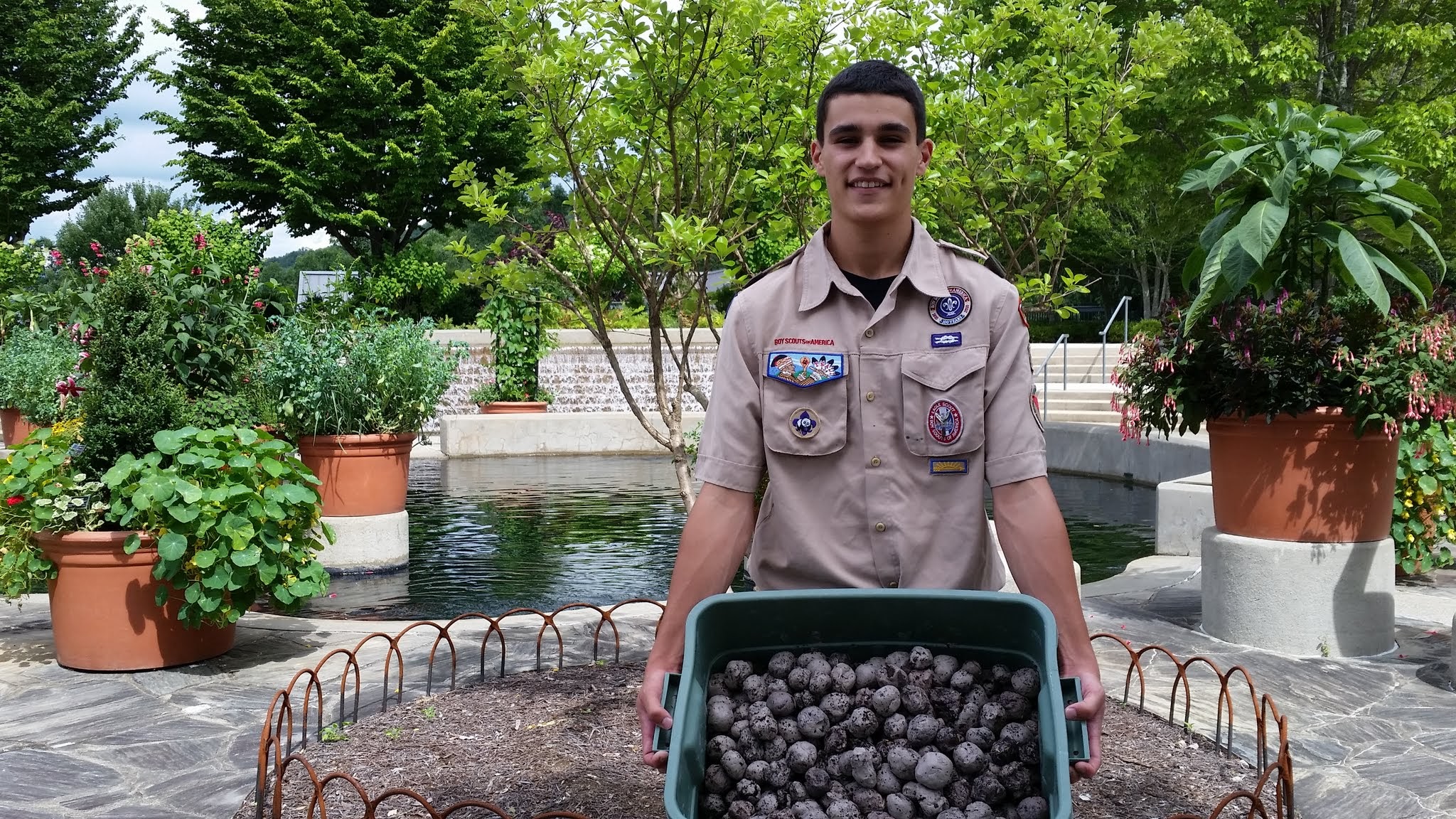
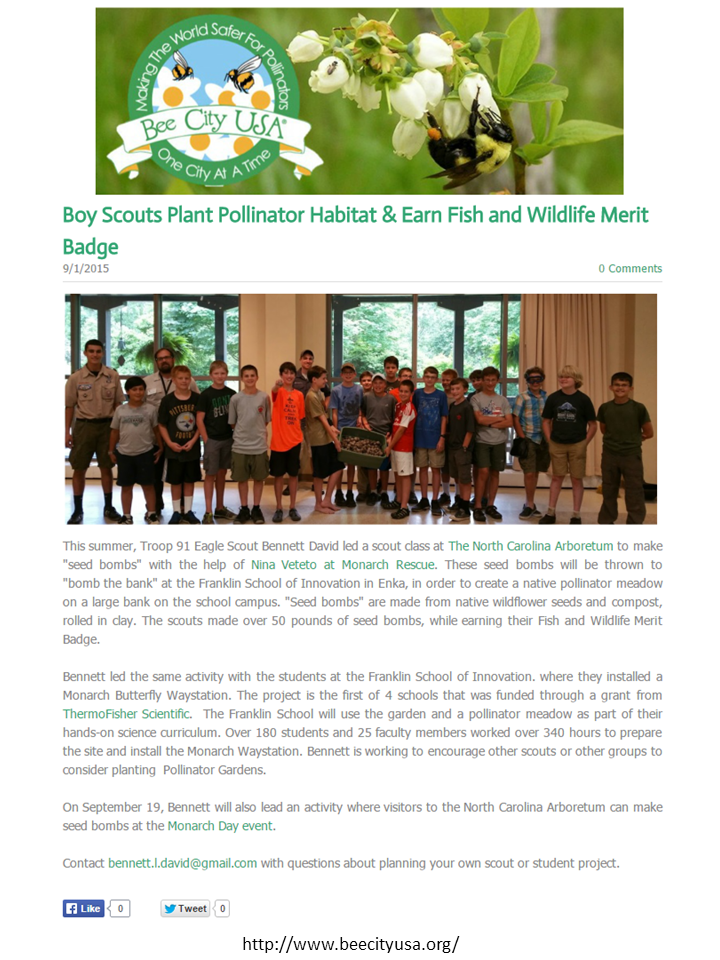
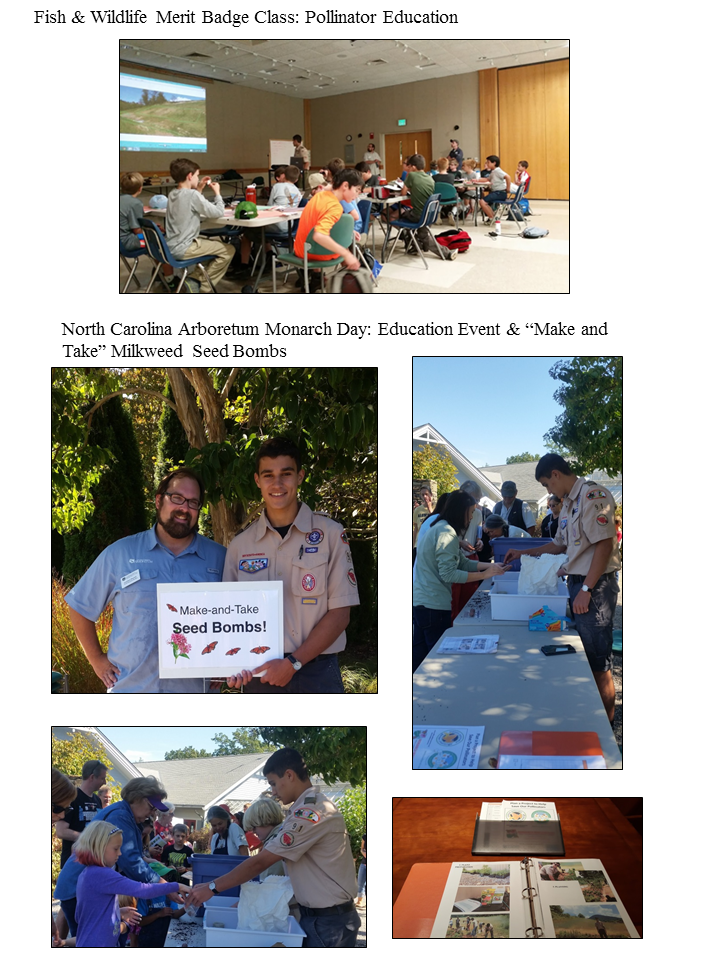
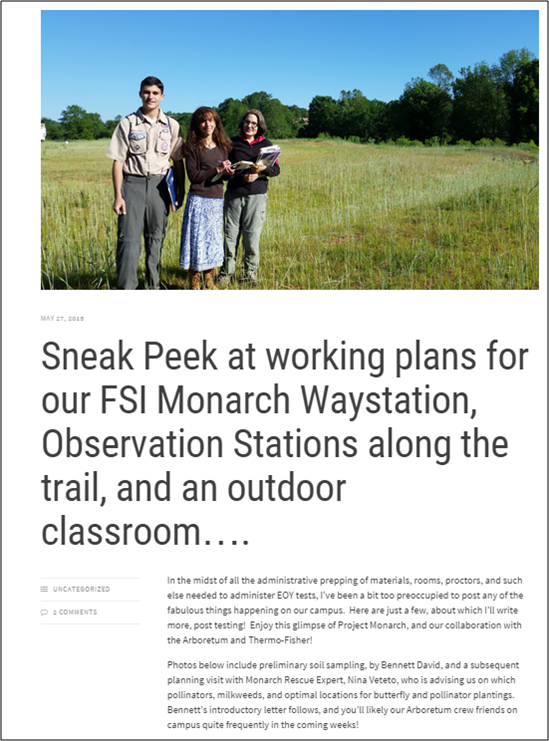
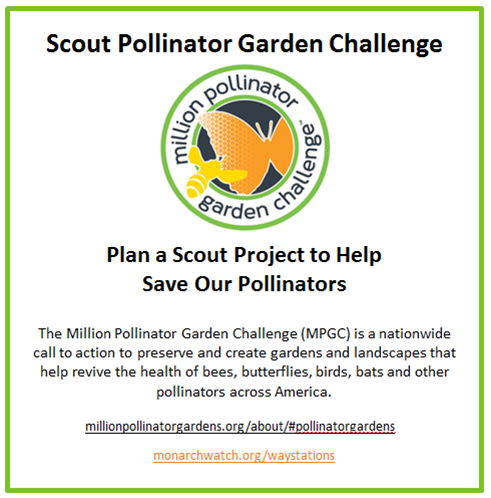
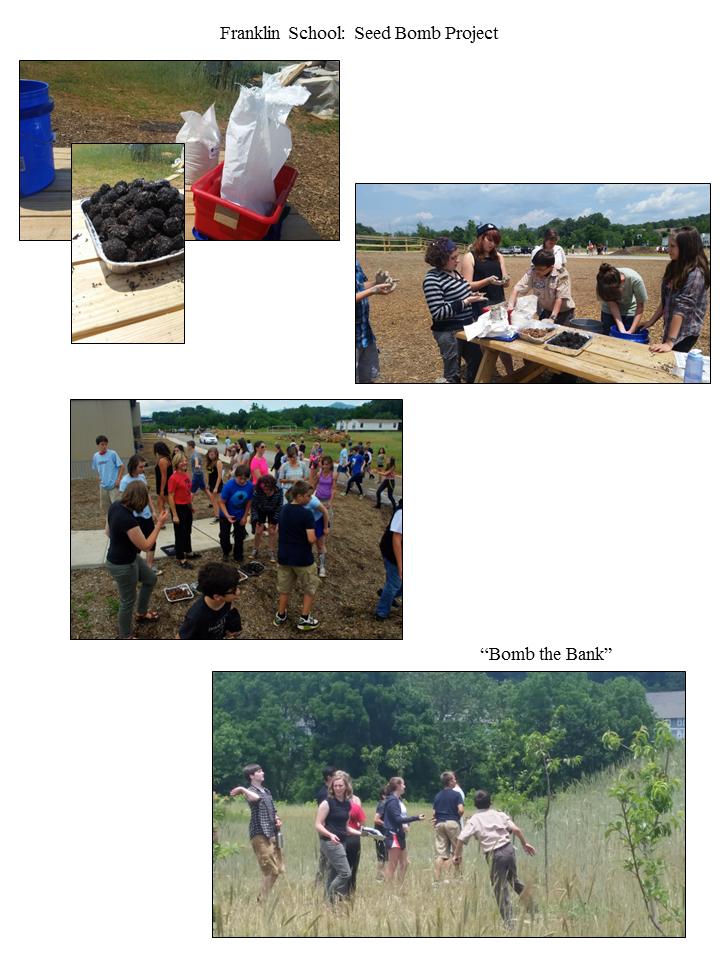
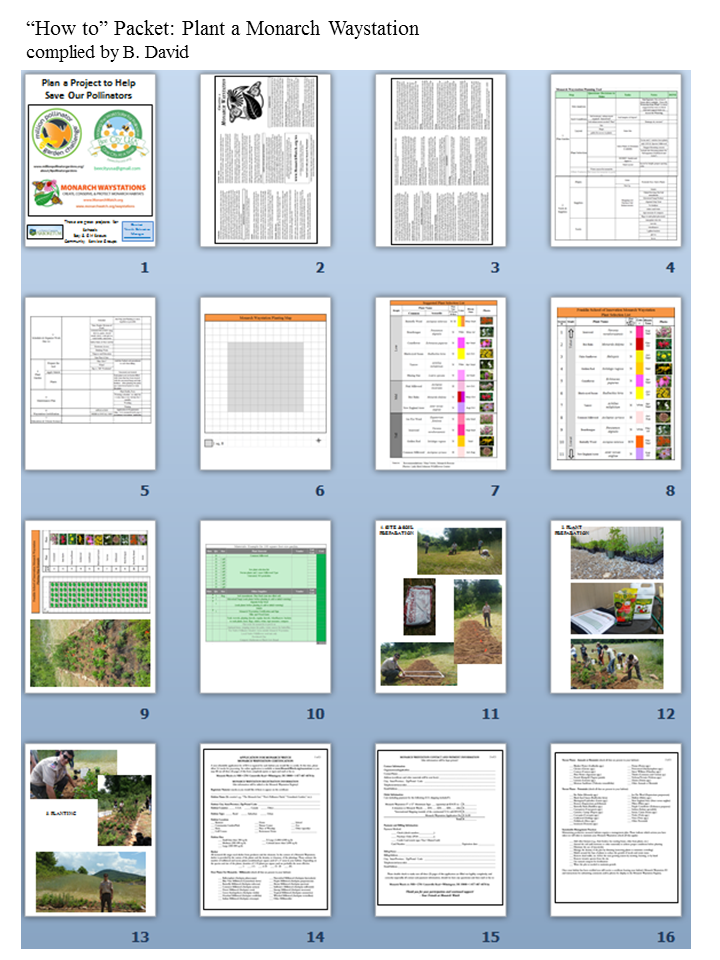
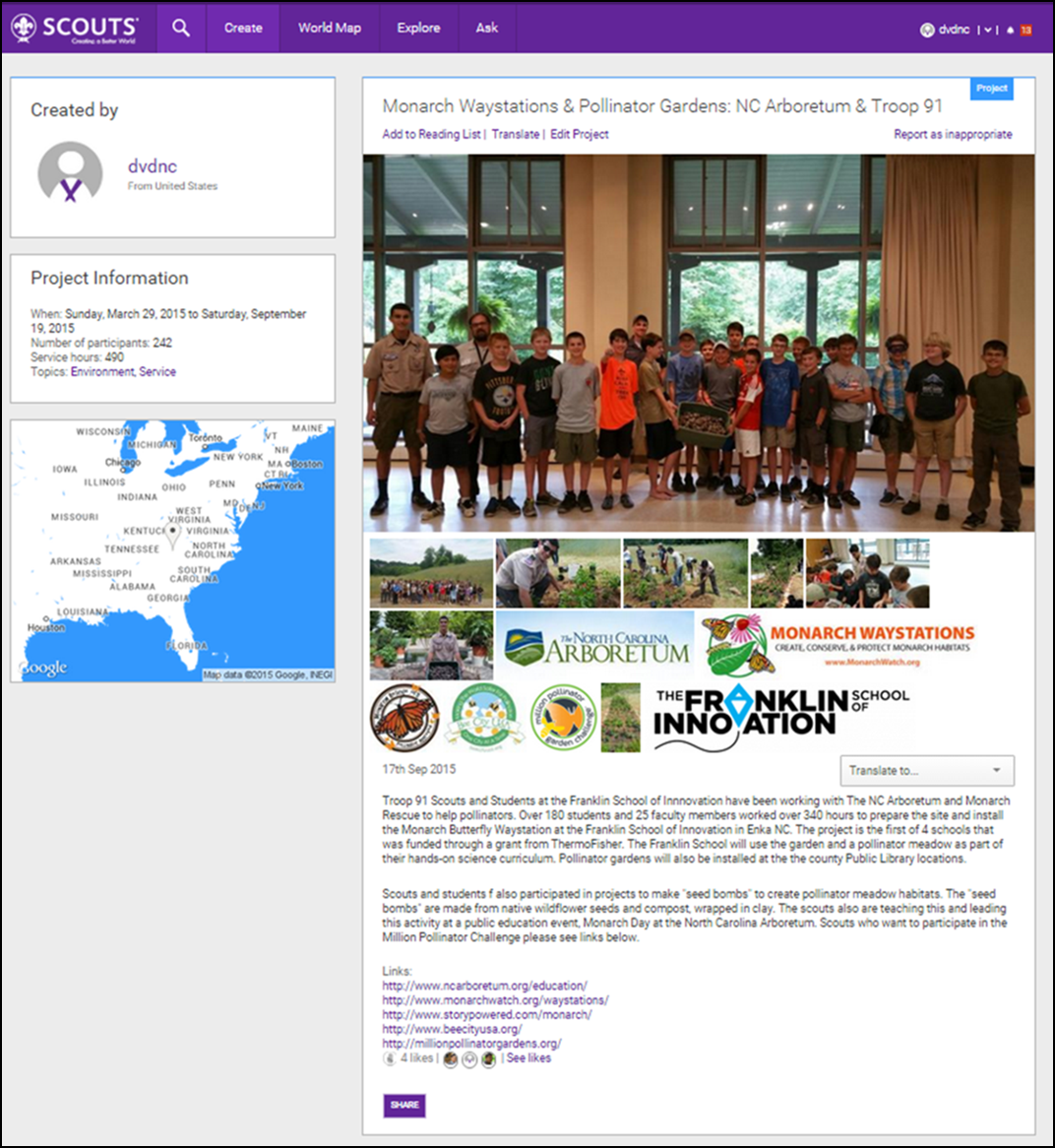
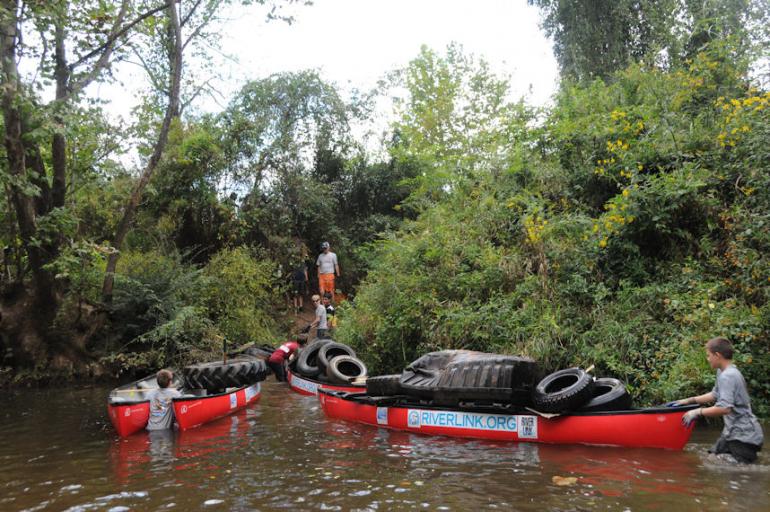
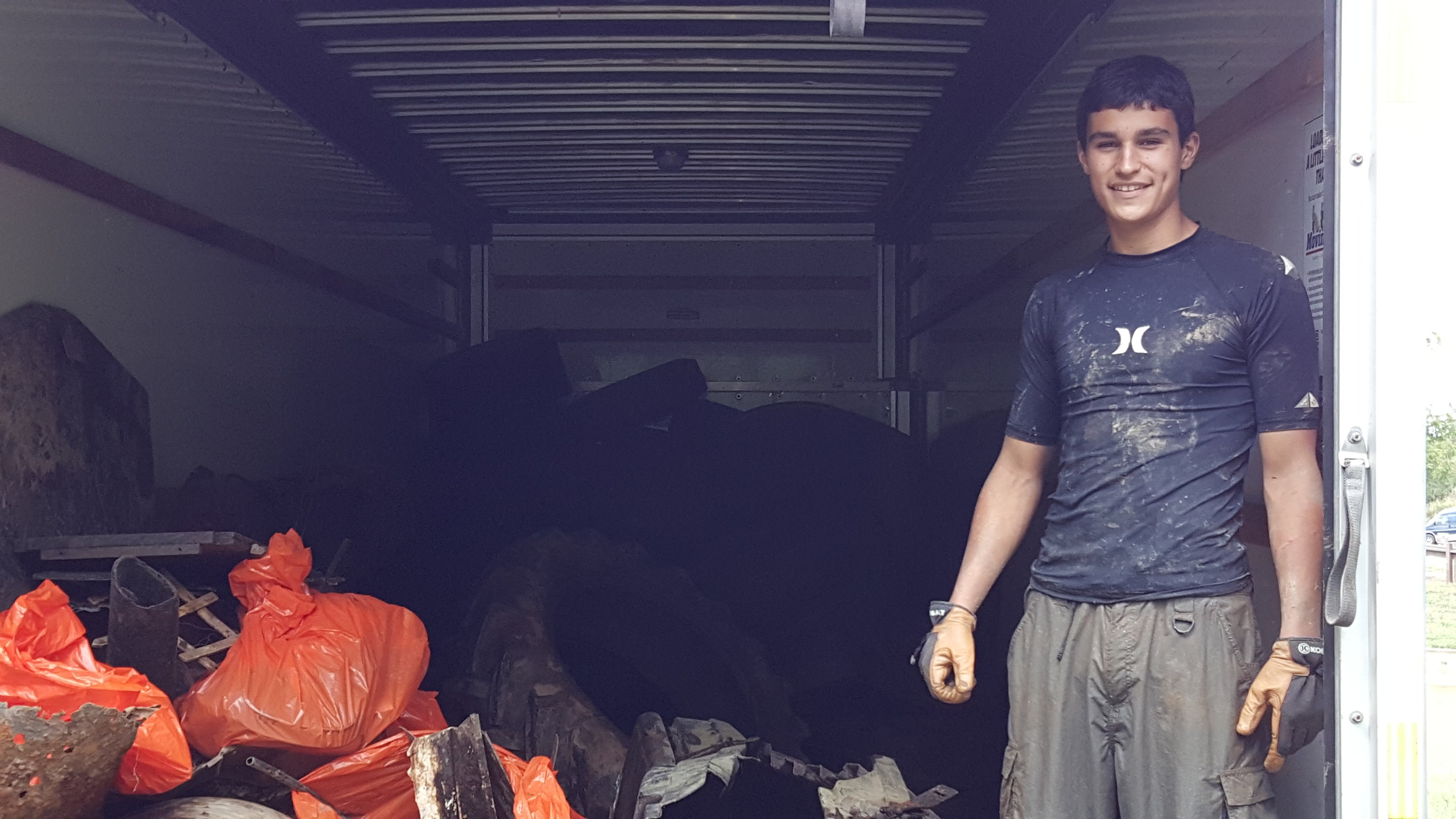
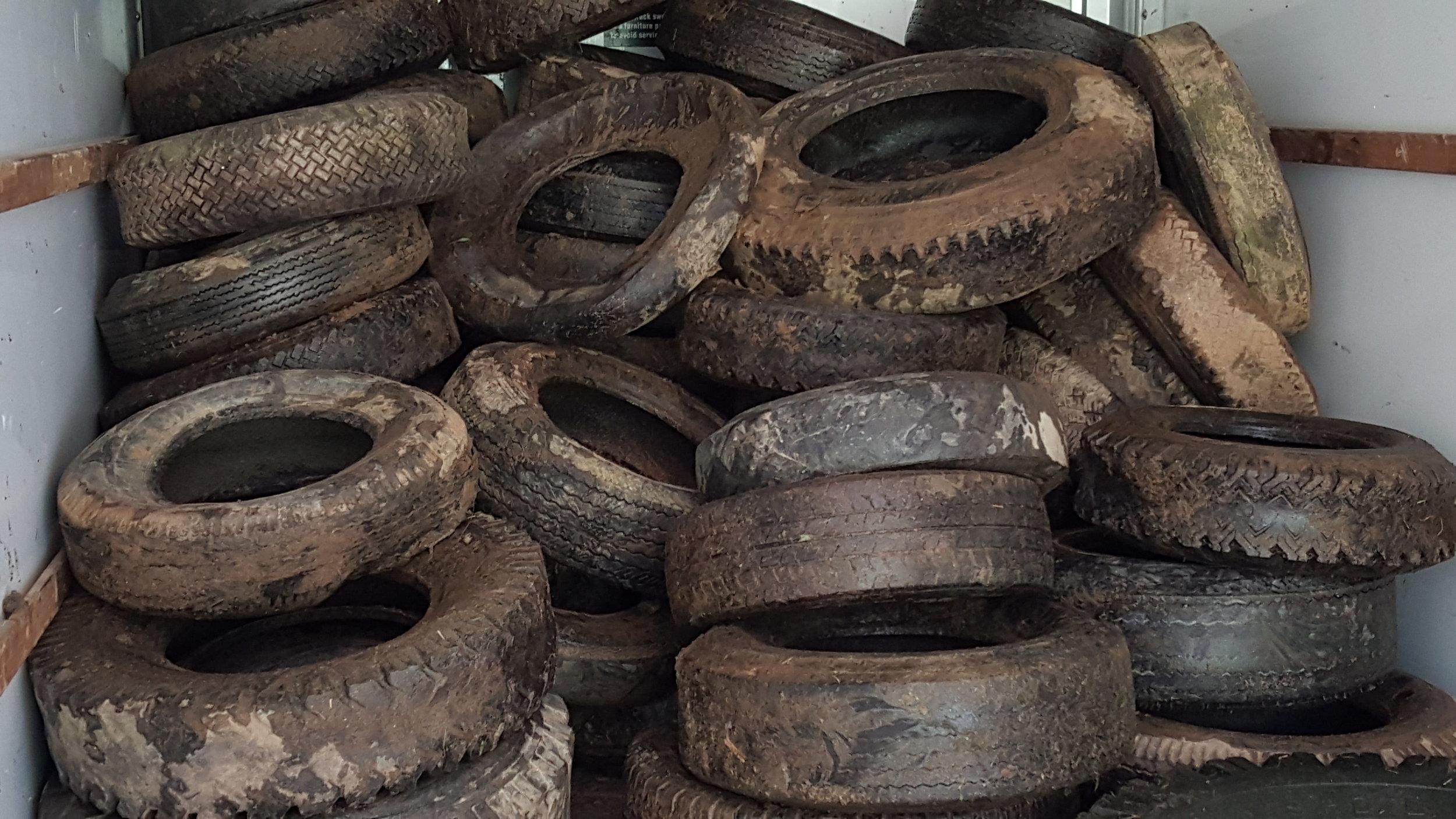
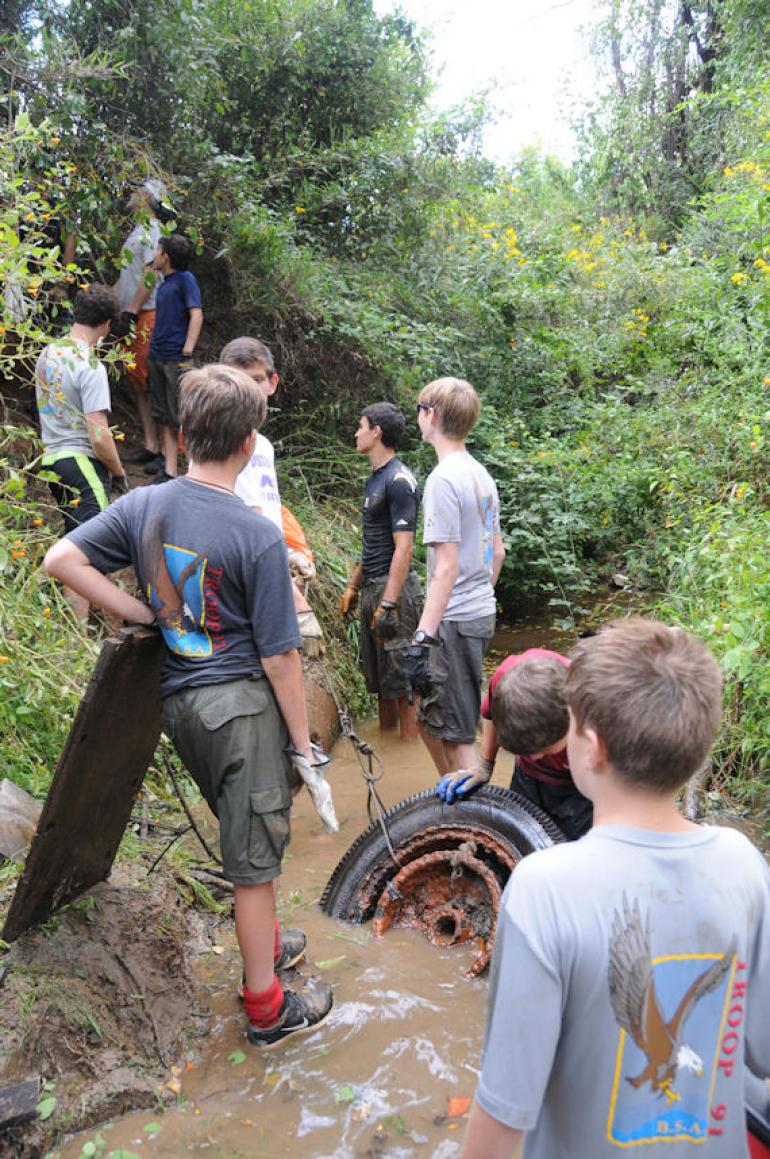
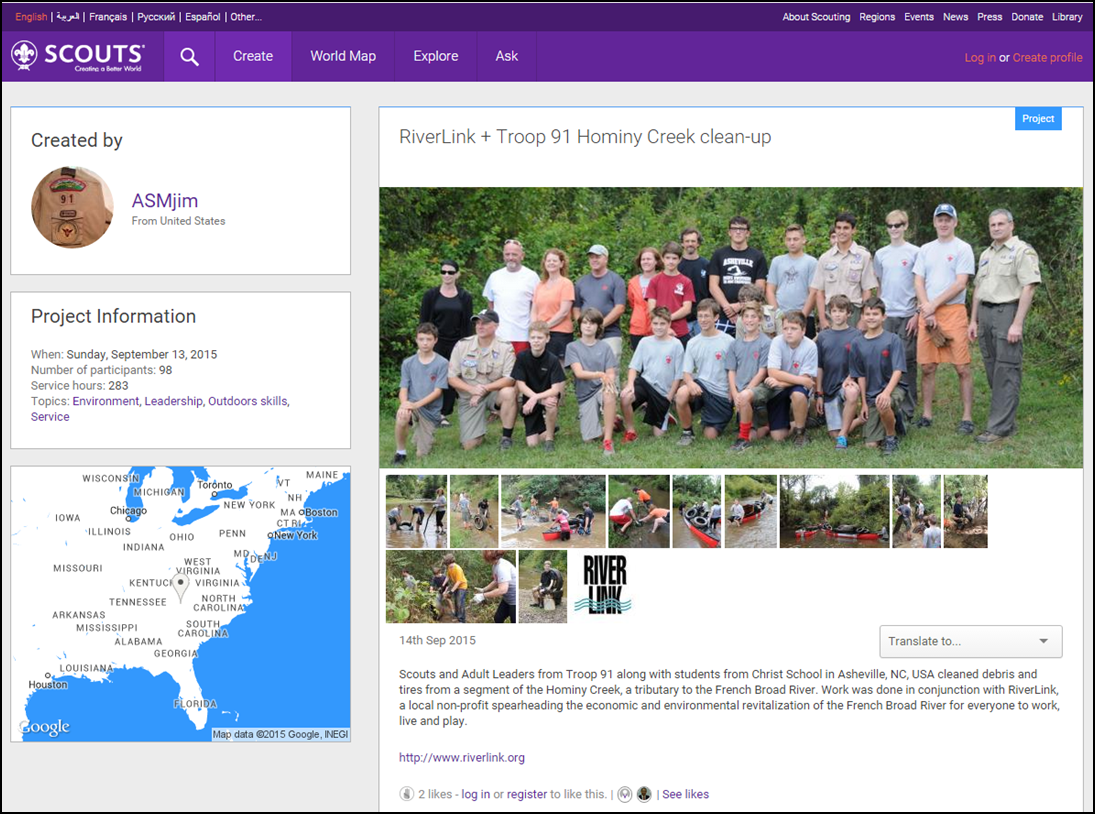
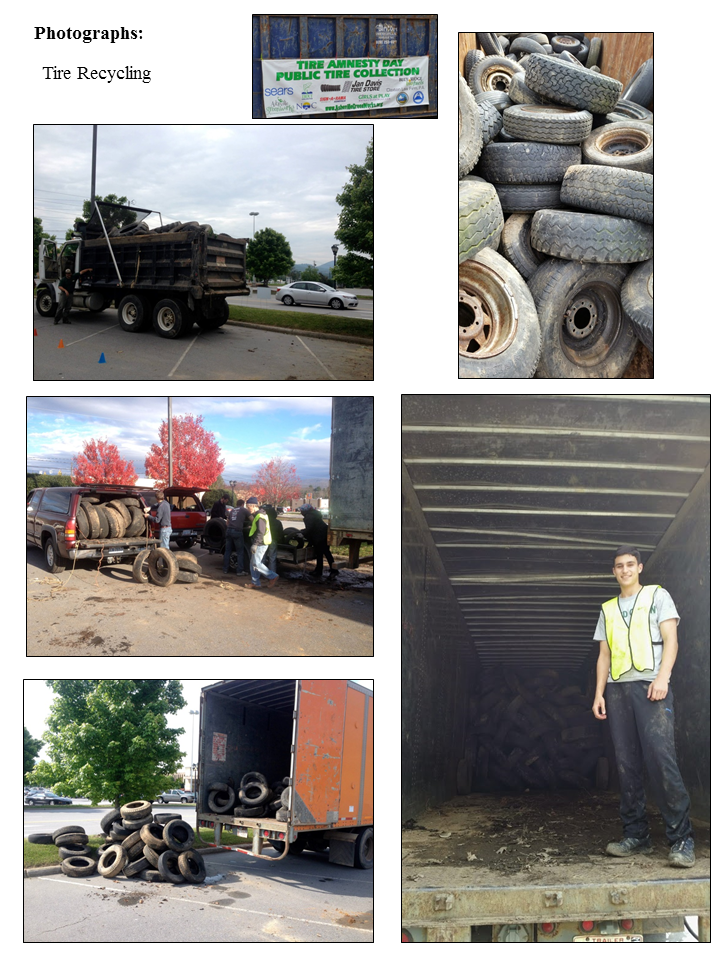
project three | Tire Recycling & River Cleanup
My third initiative deals with the improper disposal of tires. In Western North Carolina, people will regularly dump old tires in rivers to avoid paying the recycling fees, and it negatively impacts our rivers. My projects included Tire Amnesty recycling events (where recycling fees were waived) and large-scale river cleanups (a single cleanup removed over 130 tires from a local river). I educated participants about river ecology, and have made resources available for new groups to continue WNC cleanups. This initiative is a partnership between myself, my scout troop, and local conservation organizations Asheville GreenWorks and RiverLink. This is easily my dirtiest and most satisfying project, and that 130-tire day is my favorite pilot project to date.
project four | Invasive Species Education, Prevention, & Plant Removal
My fourth initiative takes on invasive species. Invasives are primarily spread by human activity and are the main cause of the loss of ecological diversity. They also have a huge negative economic impact. I taught scout and school groups how to identify invasives, how to prevent their spread, and how to safely and properly remove them in plant removal workdays at local parks. Native flora are already thriving in areas where the invasives have been removed. Of all my projects, this one may outwardly seem to be the most thankless, but as my scout troop, my classmates, and I discovered, teamwork and solid effort produces quick, immediately evident results.
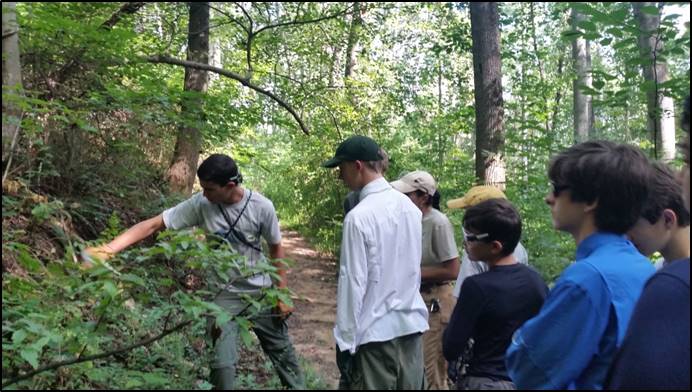

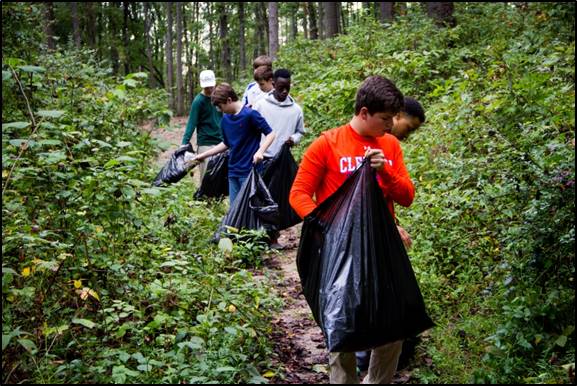
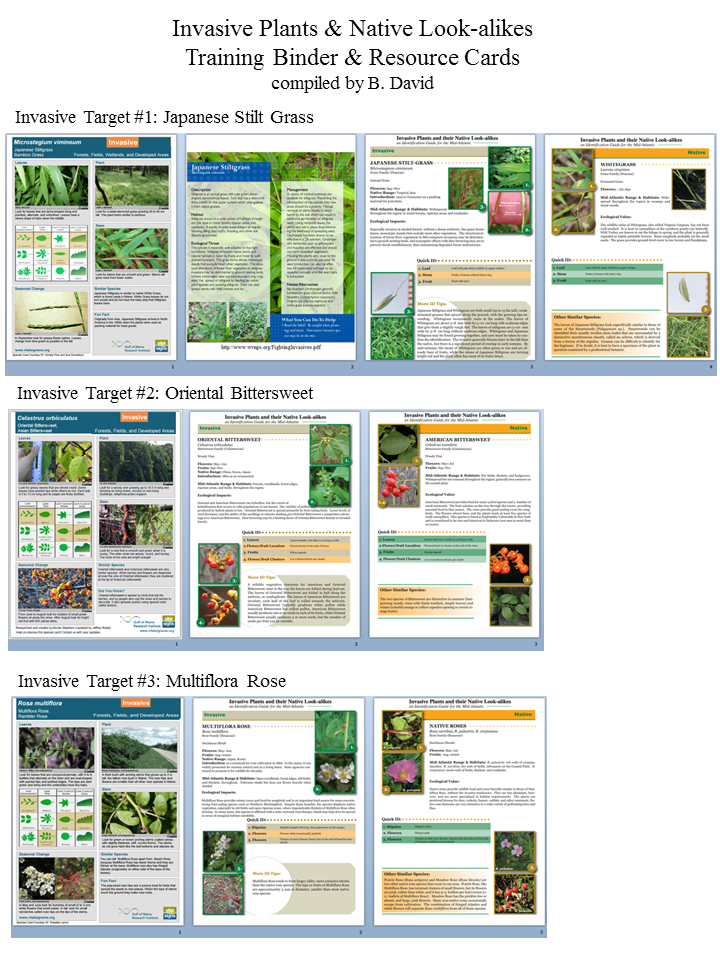
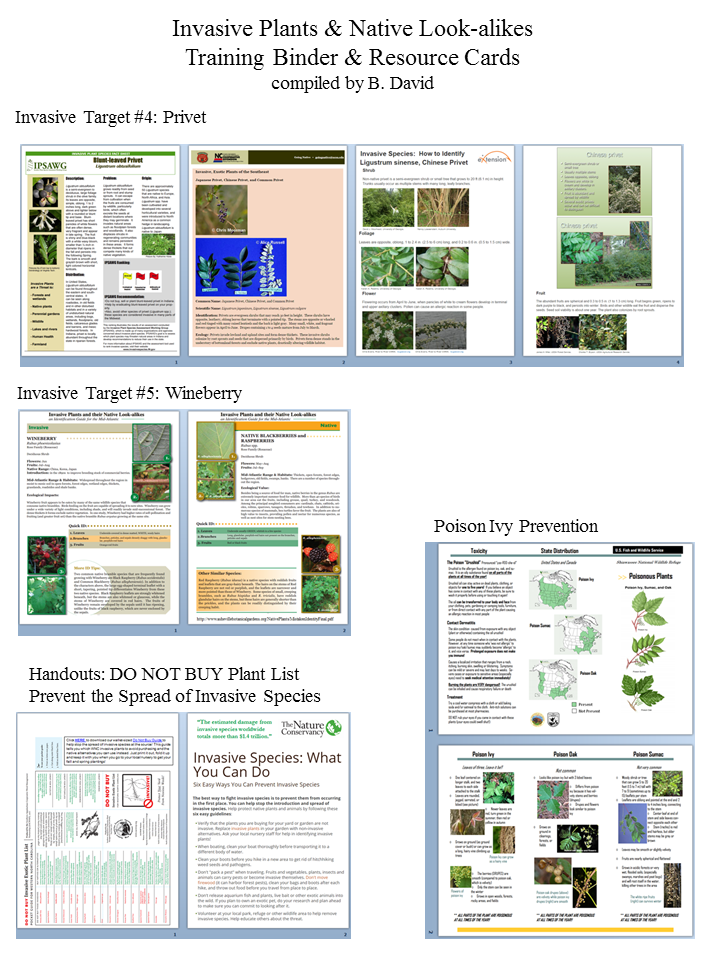

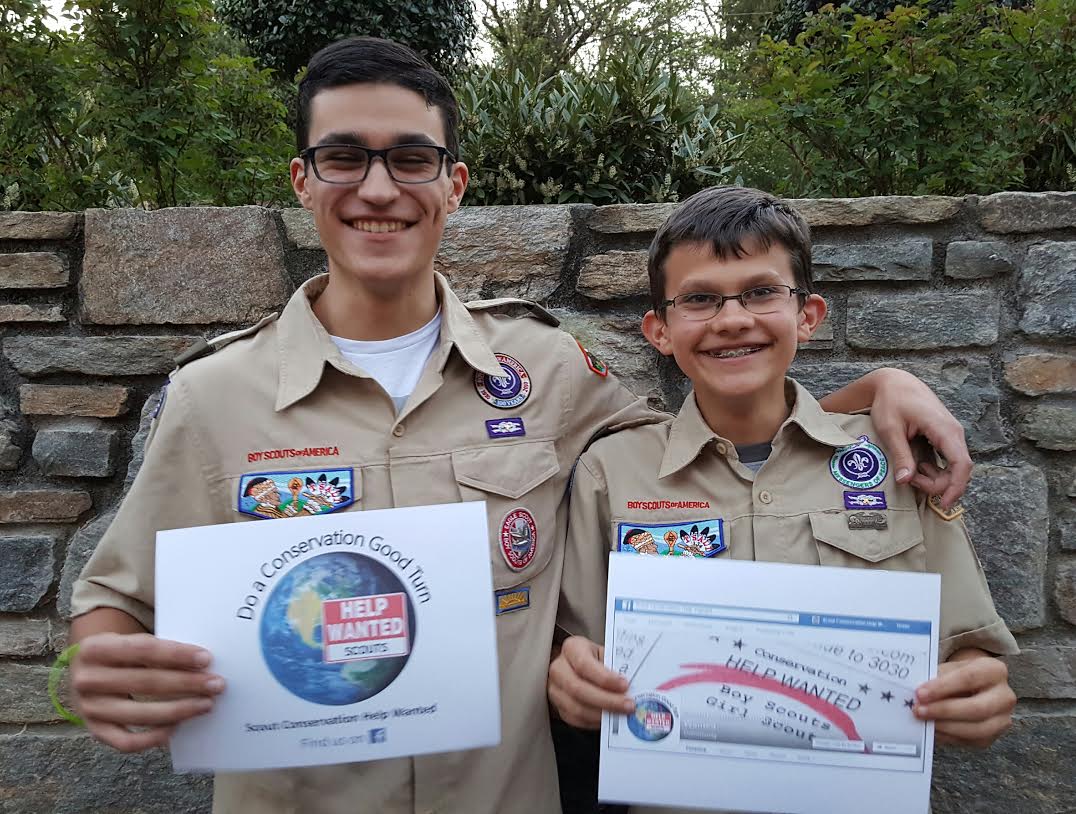
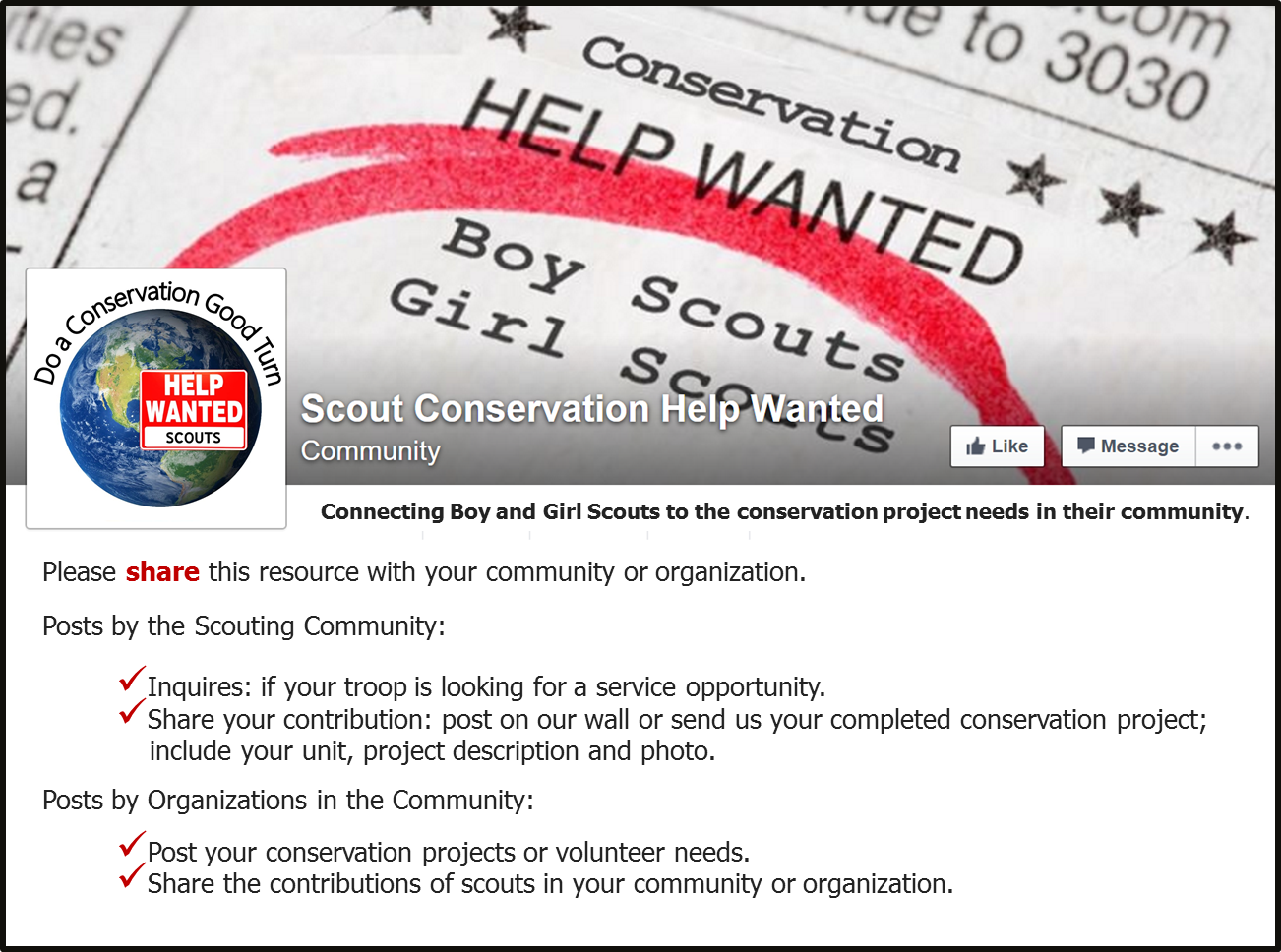
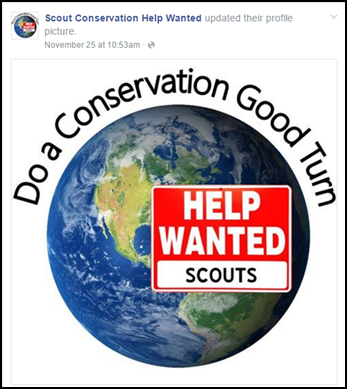
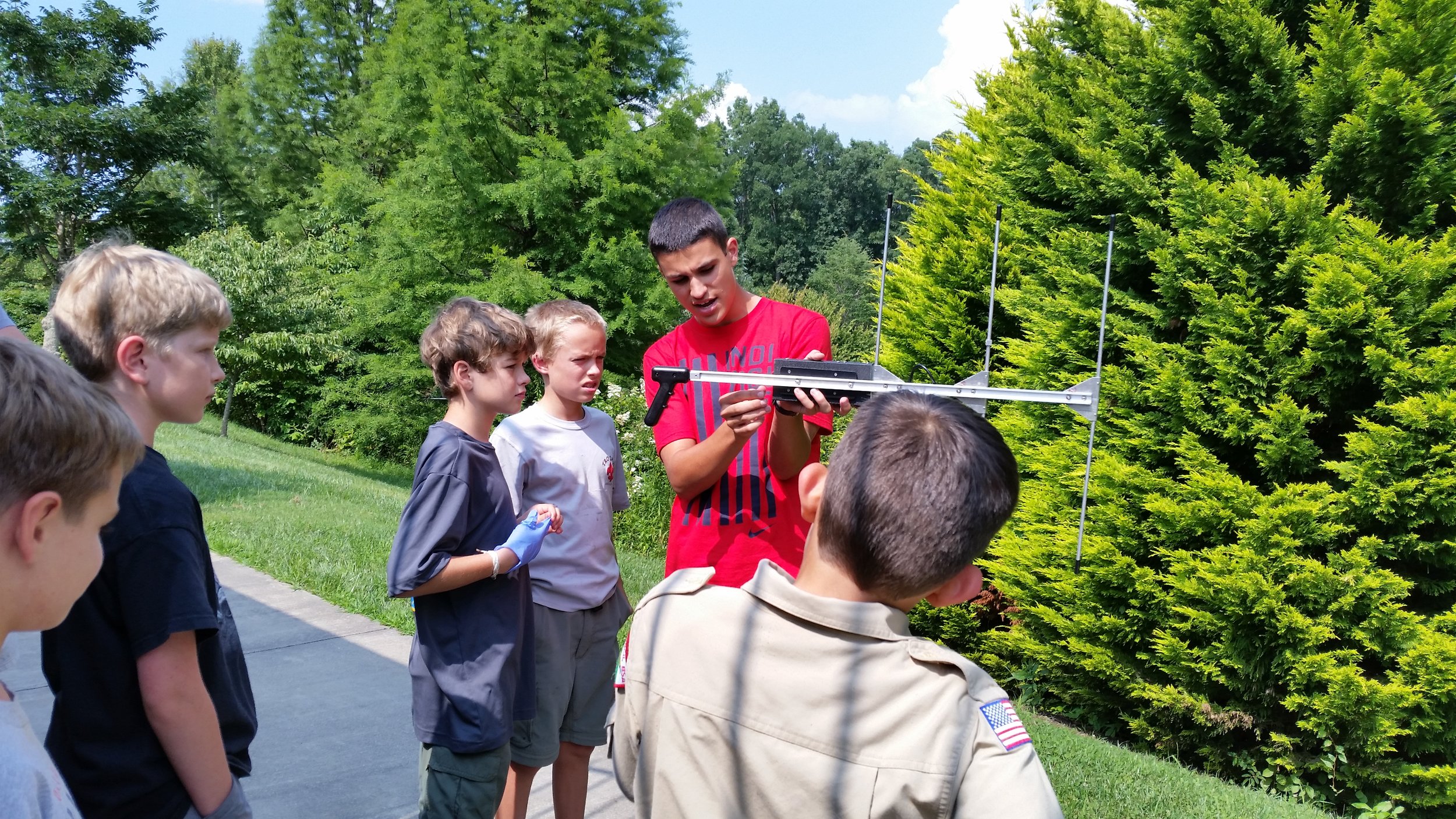
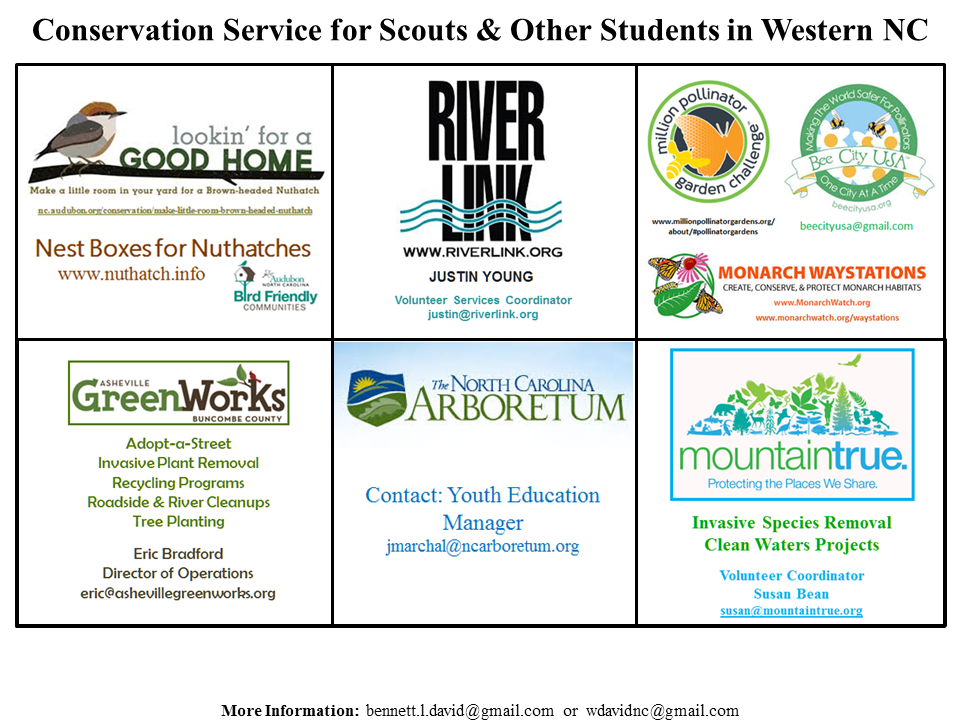
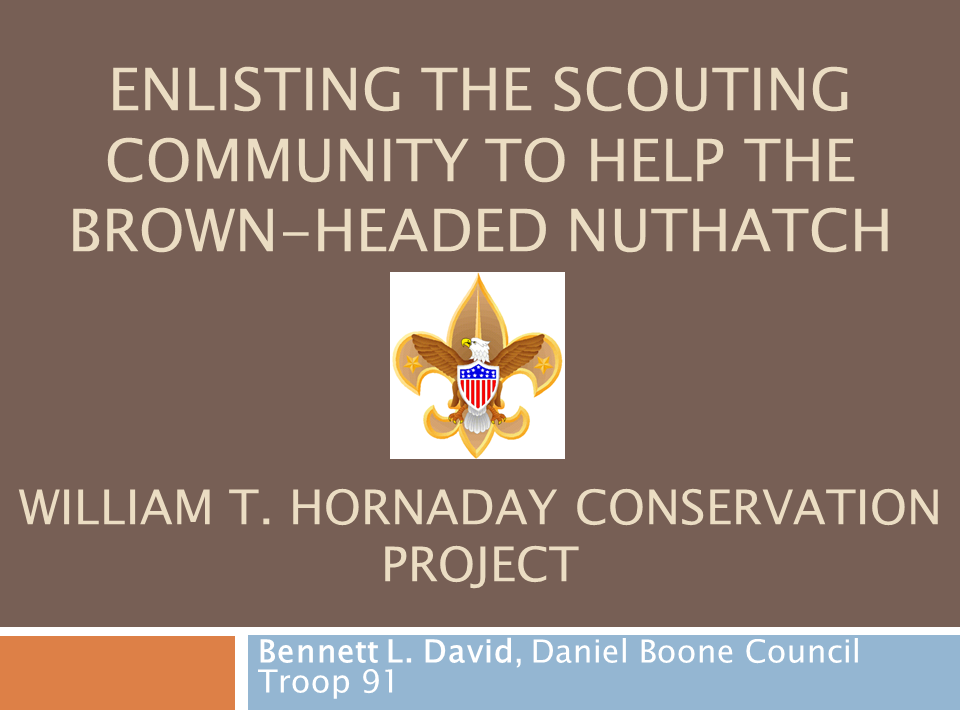
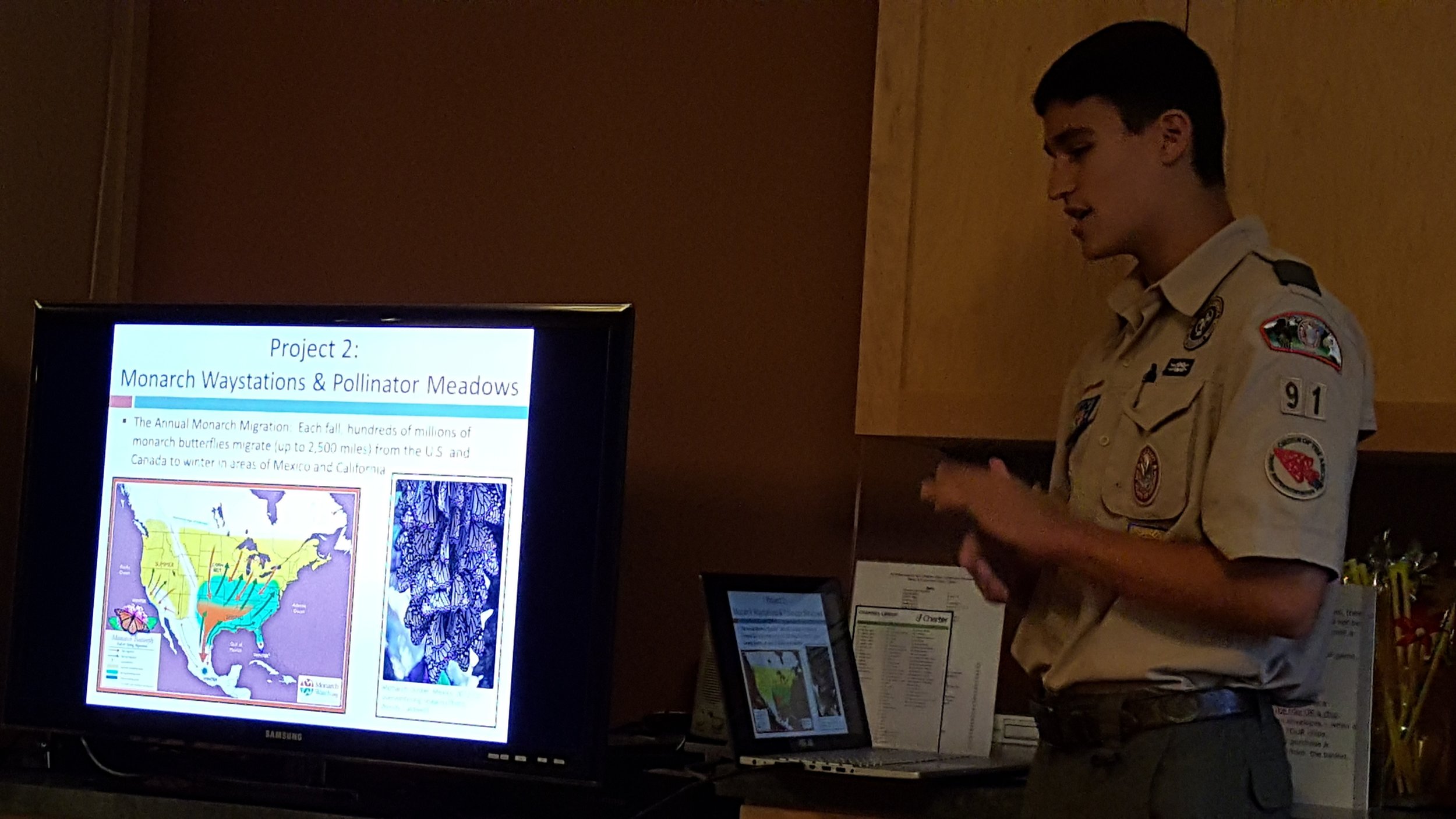
all projects | further promotion
One of the biggest components of a Hornaday Project is promotion: pursuers aim to educate, inspire, and include as many people as possible in solutions to conservation issues. My brother (who is working on his own four projects) and I are always looking for fresh ways to reach a wider audience, so he and and I began a Facebook page called Scout Conservation Help Wanted. We use the page to encourage Girl and Boy Scouts, students, and adults to repurpose either our pilot projects, or the projects of others into something of their own. I frequently give educational talks to further spread the mission of Hornaday. Past locations include the Audubon annual conference, a class for retirees, and the NC Arboretum's Monarch day. Through the Facebook page, in person, and by email, I also advise any scouts or students who request my help; this is one of my favorite things to do, as I get to communicate with youth from all over the country.
recognition of conservation work
2016 Hornaday Silver Medal Scholarship: A Campfire Clubs of America (CFCA) and Boy Scouts of America partnership led to this scholarship being given to the Hornaday Silver Medalist that was the most significant contributor to conservation in the past year.
2016 Roosevelt-Ashe Outstanding Youth in Conservation Award: presented by Wild South, it recognizes and honors leaders for their work in conservation. Selected from youth nominated in the seven Southeastern states.
News articles from the Asheville Citizen-Times, Mountain Xpress, the NC Arboretum, Audubon NC, and the Biltmore Beacon. Most of the articles were 1400-word spreads. Similar recognition from Christ School. Additional recognition of Asheville Citizen-Times article from the National Eagle Scout Association. It was great to get this level of publicity, because more people will become interested in conservation, fulfilling the mission of the William T. Hornaday program.
Thank You
The Hornaday Projects require planning and coordination on my part, but would not be close to possible without the hundreds of people that have supported the conservation service and selflessly given their time. Thank you to the over 900 people who directly participated in these projects, volunteering over 1700 hours. This does not include direct volunteers after December of 2015 or the many subsequent projects patterned after the demonstration projects.
I would like to specifically thank the following people and organizations:
Mr. Jonathan Marchal, Mentor & Conservation Advisor, North Carolina Arboretum Youth Education Manager
Dr. James Karegeannes, Scoutmaster Troop 91
Troop 91 Leaders, Scouts, and Families (including mine)
Mr. Joshua Christ, Scout Executive, Daniel Boone Council
Mr. Peter Sprague, Board Member Daniel Boone Council
Dr. William Sites, US Forest Service, Retired
Christ School Faculty and Students
Mr. Isaac Rankin, Christ School Director or Resident Life and Servant Leadership Program
I would also like to thank the following conservation professionals and organizations:
Mr. Eric Bradford of Asheville GreenWorks
Ms. Kim Brand and Audubon NC
Mr. Bob Gale of MountainTrue
Mr. Dave Russell and Justin Young of RiverLink.
Ms. Phyllis Stiles Founder of Bee City USA
Ms. Nina Veteto Founder of Monarch Rescue
Scout Advancement
Eagle Scout, 136 merit badges, and 15 Eagle palms
Before Hornaday, I challenged myself with the other activities in the Boy Scouts of America: rank advancement and merit badges. I rapidly earned my Eagle Scout rank, attaining it at age 12 after building a wooden playground structure for kids at a local preschool. I really didn't expect such small kids to love our Troop's work as much as they did (they even wrote us thank you notes, which are pictured below).
My brother and I, in need of an activity, began working to earn not only the conservation badges, but ones about business, chemistry, fitness, and more, meeting great people and learning massive amounts of information along the way. A 135-badge scout in DC once said, "now I have 135 possible things in common or things to talk about to the person sitting next to me on the bus." This is exactly why we put so much time into earning them, and eventually decided to work for as many as we possibly could. Each badge introduced us to a new career area, outdoor skill, or hobby, and gave us enough information to determine whether we'd like to pursue each subject in the future.
To earn the badges, we went as far west as Colorado (the Whitewater badge), as far north as Virginia (the Metalwork badge), and as far south as Florida (a generous Scouting parent offered to teach us the Water Sports badge). My favorite, however, will always be the Aviation badge: we traveled to Georgia and spent a day at Lockheed Martin's Marietta hangar.
Eagle Project | wooden teepee for Pre-K playground
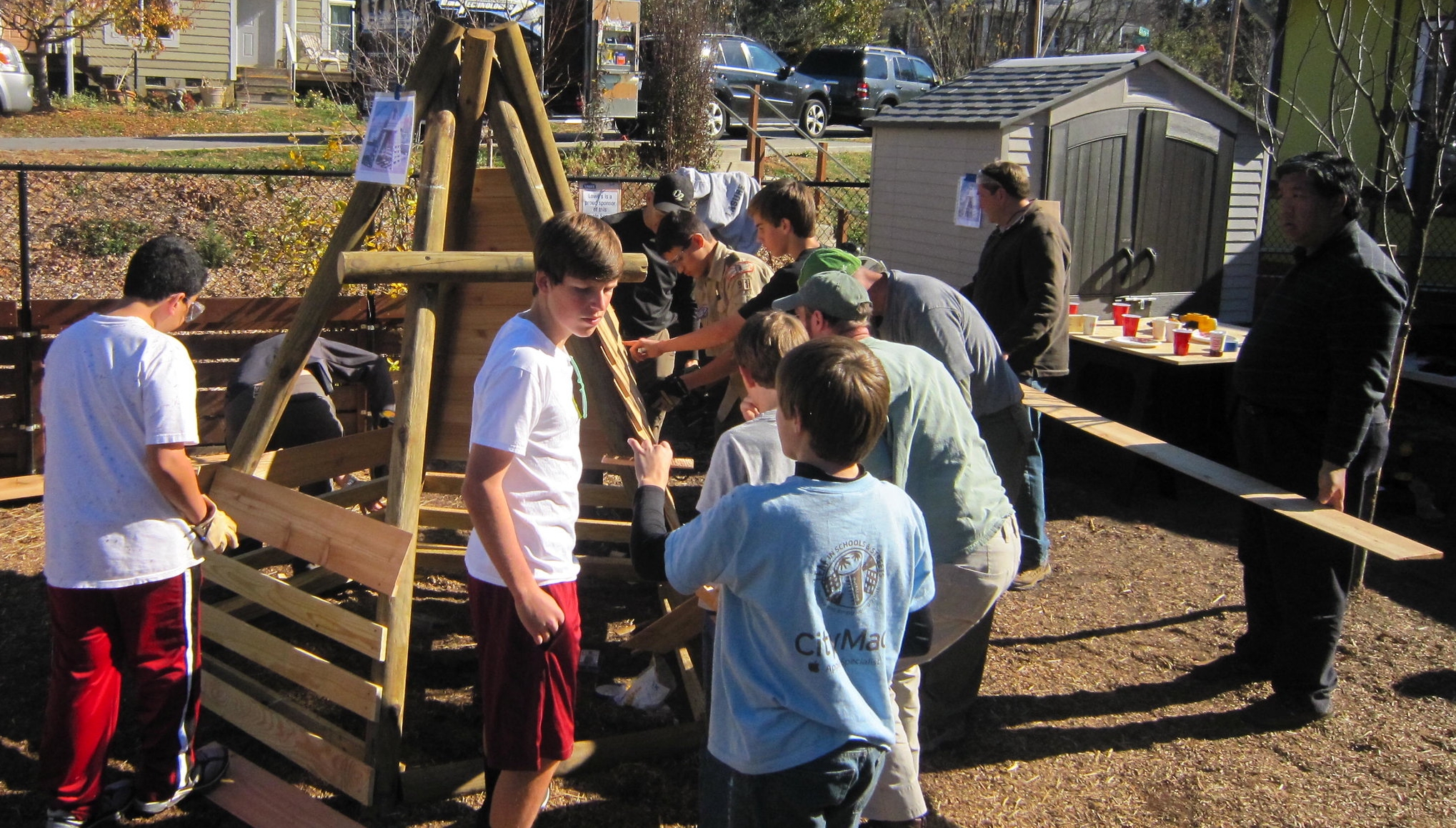
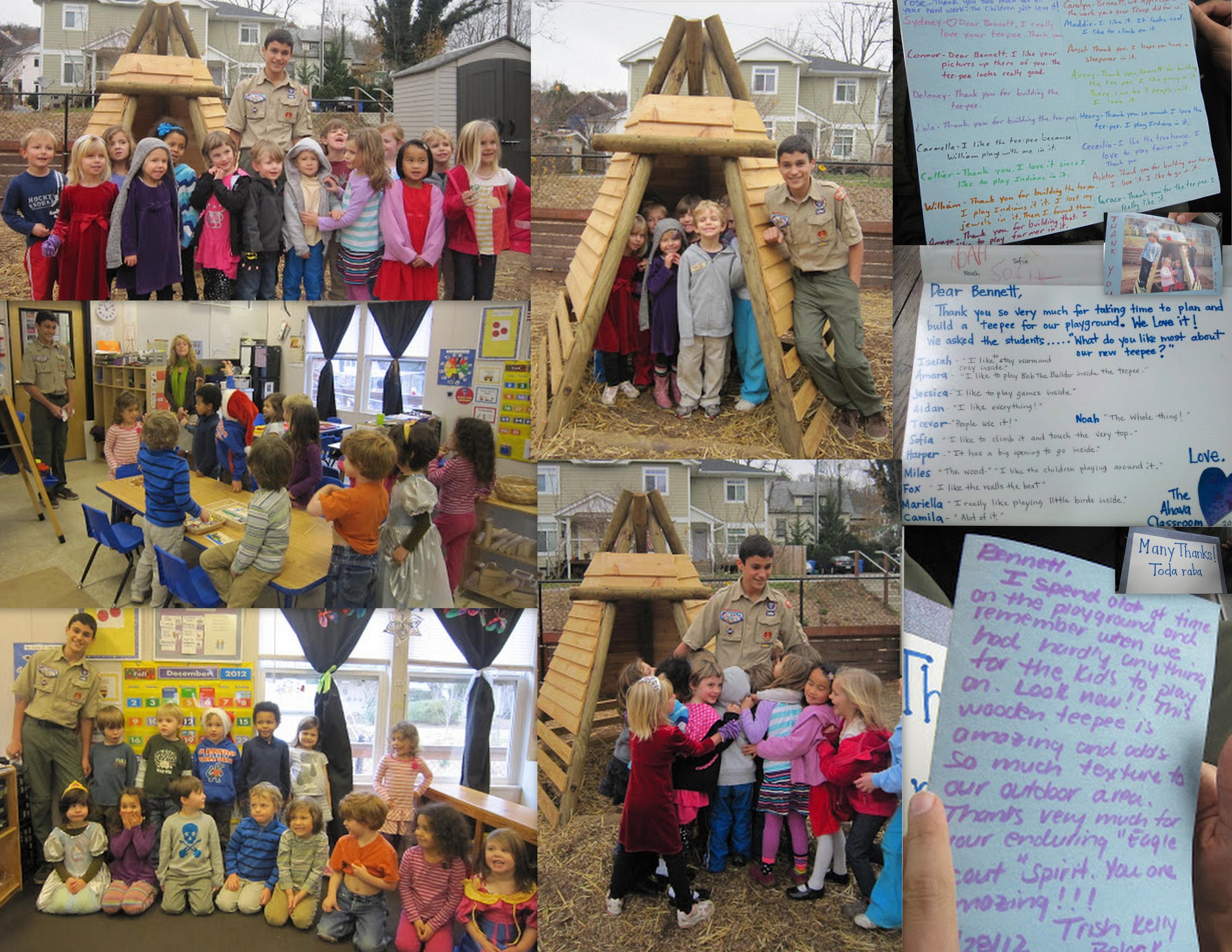
Merit Badges | earned 136
Every fifteen merit badges beyond the required 21 for Eagle Scout Rank earned me a Silver Eagle Palm. These palms required service within my community and mytroop (in addition to the badges themselves). I have earned five Silver Palms, and fifteen palms total (every Bronze is worth five badges, and every Gold is worth ten).
